When it comes to choosing a new mattress, there are countless options available on the market. However, two of the most popular choices are memory foam mattresses and regular mattresses. While both offer comfortable and supportive sleep surfaces, there are some key differences between the two. In this article, we will compare the top 10 features of memory foam mattresses versus regular mattresses to help you determine which one is the best fit for your needs.Introduction
The main difference between memory foam mattresses and regular mattresses is the material they are made from. Memory foam mattresses are made from a viscoelastic material that conforms to the body's shape and provides pressure relief. On the other hand, regular mattresses are typically made from innerspring coils or a combination of different materials such as latex, foam, or air chambers.1. Material
When it comes to support, memory foam mattresses provide targeted support by contouring to the body's curves and distributing weight evenly. This can be particularly beneficial for people with back pain or other joint issues. Regular mattresses, on the other hand, may not offer as much customized support and can result in pressure points and discomfort.2. Support
Both memory foam and regular mattresses can provide comfortable sleep surfaces, but in different ways. Memory foam mattresses offer a plush and hugging sensation that can help relieve tension and promote relaxation. Regular mattresses, on the other hand, may offer a firmer and more traditional feel that some people prefer.3. Comfort
If you share a bed with a partner or pet, you may be familiar with the issue of motion transfer. Memory foam mattresses excel in this area as the material absorbs movement and prevents it from transferring to other parts of the bed. Regular mattresses, especially those with innerspring coils, may not offer as much motion isolation, which can lead to disturbed sleep.4. Motion Isolation
When it comes to longevity, both memory foam and regular mattresses can be durable options. However, memory foam mattresses may have a slight edge due to their ability to retain their shape and support over time. Regular mattresses, especially those with innerspring coils, may start to sag or lose support after a few years.5. Durability
One common complaint about memory foam mattresses is that they can retain heat and make sleepers feel hot. However, many newer memory foam mattresses are designed with cooling properties to help regulate temperature and prevent overheating. Regular mattresses may offer better airflow, but they may not have the same cooling features as memory foam mattresses.6. Temperature Regulation
When it comes to cost, memory foam mattresses tend to be more expensive than regular mattresses. This is due to the specialized materials and technology used in memory foam mattresses. Regular mattresses, especially those with innerspring coils, can be more budget-friendly options.7. Price
Both memory foam and regular mattresses require some regular maintenance to keep them clean and in good condition. Memory foam mattresses may need to be rotated every few months to prevent uneven wear, while regular mattresses may need to be flipped to prevent sagging. However, memory foam mattresses may be easier to maintain as they do not have any coils or springs that can break or wear out.8. Maintenance
If you suffer from allergies, you may want to consider a memory foam mattress. These mattresses are made with hypoallergenic materials that are resistant to dust mites, mold, and other allergens. Regular mattresses may not offer the same level of protection against allergens, especially if they have been used for a while.9. Allergies
Why Choose a Memory Foam Mattress?

Benefits for Your Health and Well-Being
 When it comes to choosing a
mattress
, there are many options available on the market. However, one type of
mattress
that stands out from the rest is the
memory foam mattress
. This innovative mattress has gained popularity in recent years due to its numerous health benefits and superior comfort compared to
regular mattresses
.
When it comes to choosing a
mattress
, there are many options available on the market. However, one type of
mattress
that stands out from the rest is the
memory foam mattress
. This innovative mattress has gained popularity in recent years due to its numerous health benefits and superior comfort compared to
regular mattresses
.
Pressure Relief and Support
 One of the main advantages of a
memory foam mattress
is its ability to conform to the shape of your body. This is due to its
memory foam
material, which responds to your body heat and weight, creating a custom fit that supports every curve of your body. This helps to evenly distribute your body weight, reducing pressure points and providing relief for aches and pains. This is especially beneficial for those who suffer from back or joint pain.
One of the main advantages of a
memory foam mattress
is its ability to conform to the shape of your body. This is due to its
memory foam
material, which responds to your body heat and weight, creating a custom fit that supports every curve of your body. This helps to evenly distribute your body weight, reducing pressure points and providing relief for aches and pains. This is especially beneficial for those who suffer from back or joint pain.
Improved Sleep Quality
 The comfort and support provided by a
memory foam mattress
can also lead to improved sleep quality. With traditional
regular mattresses
, you may toss and turn throughout the night, trying to find a comfortable position. However, a
memory foam mattress
eliminates this issue by cradling your body and reducing motion transfer, allowing you to stay in a comfortable position throughout the night. This can result in a deeper and more restful sleep, leaving you feeling more refreshed and rejuvenated in the morning.
The comfort and support provided by a
memory foam mattress
can also lead to improved sleep quality. With traditional
regular mattresses
, you may toss and turn throughout the night, trying to find a comfortable position. However, a
memory foam mattress
eliminates this issue by cradling your body and reducing motion transfer, allowing you to stay in a comfortable position throughout the night. This can result in a deeper and more restful sleep, leaving you feeling more refreshed and rejuvenated in the morning.
Hypoallergenic and Dust Mite Resistant
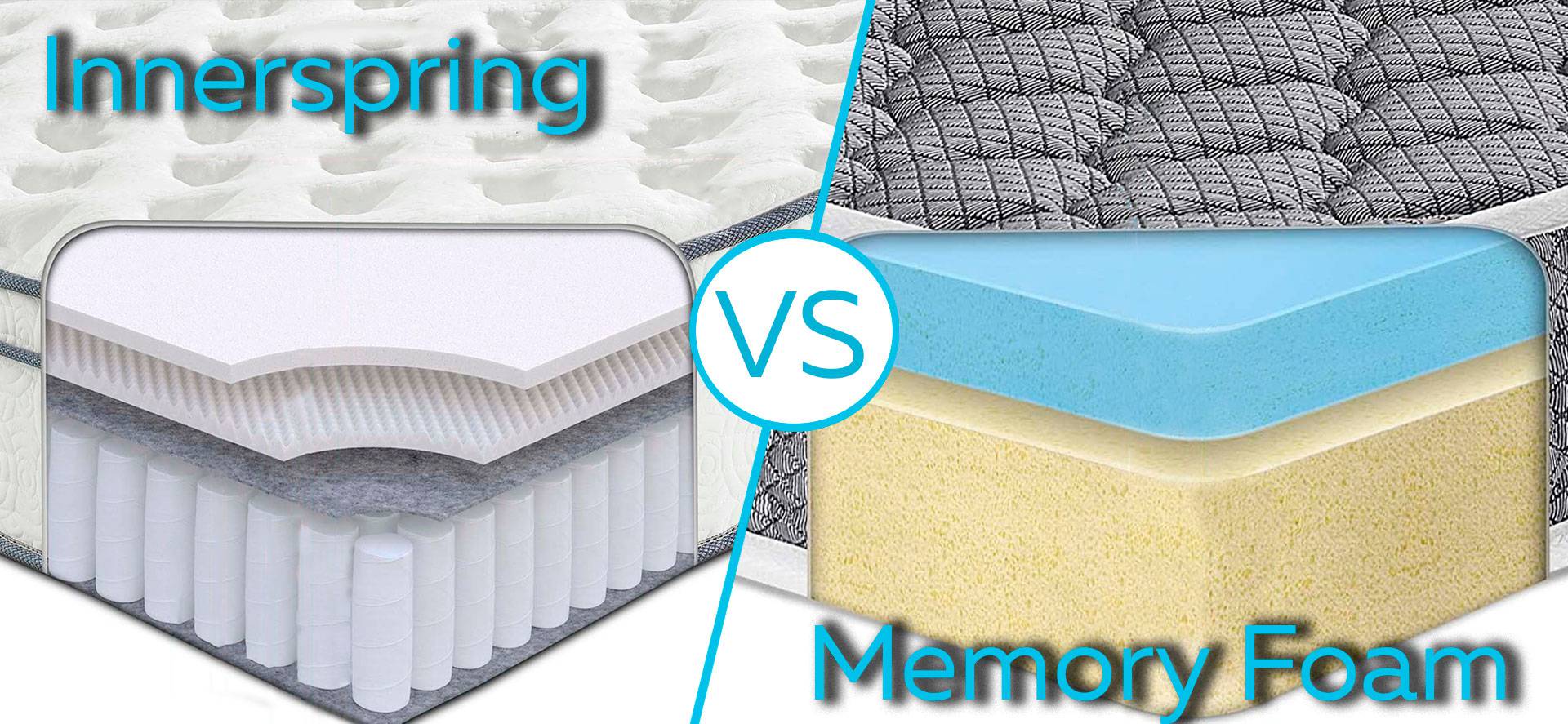 For those with allergies or asthma, a
memory foam mattress
is a great choice. Unlike
regular mattresses
, which can harbor dust mites and allergens,
memory foam mattresses
are hypoallergenic and resistant to dust mites. This can provide relief for those who suffer from allergies and promote a healthier sleeping environment.
For those with allergies or asthma, a
memory foam mattress
is a great choice. Unlike
regular mattresses
, which can harbor dust mites and allergens,
memory foam mattresses
are hypoallergenic and resistant to dust mites. This can provide relief for those who suffer from allergies and promote a healthier sleeping environment.
Durability and Longevity
 Another advantage of a
memory foam mattress
is its durability and longevity. Due to its high-density foam material,
memory foam mattresses
are highly resilient and can last for many years without losing their shape or support. This makes them a worthwhile investment in the long run, as they can save you money on having to replace your
regular mattress
more frequently.
In conclusion, while
regular mattresses
may have been the go-to choice for many years, it is clear that a
memory foam mattress
offers many advantages that cannot be ignored. From its ability to provide pressure relief and support, to its hypoallergenic properties and durability, a
memory foam mattress
is a top contender when it comes to choosing a comfortable and beneficial
mattress
for your home. So why settle for a
regular mattress
when you can upgrade to the superior comfort and health benefits of a
memory foam mattress
? Make the switch today and experience a better night's sleep.
Another advantage of a
memory foam mattress
is its durability and longevity. Due to its high-density foam material,
memory foam mattresses
are highly resilient and can last for many years without losing their shape or support. This makes them a worthwhile investment in the long run, as they can save you money on having to replace your
regular mattress
more frequently.
In conclusion, while
regular mattresses
may have been the go-to choice for many years, it is clear that a
memory foam mattress
offers many advantages that cannot be ignored. From its ability to provide pressure relief and support, to its hypoallergenic properties and durability, a
memory foam mattress
is a top contender when it comes to choosing a comfortable and beneficial
mattress
for your home. So why settle for a
regular mattress
when you can upgrade to the superior comfort and health benefits of a
memory foam mattress
? Make the switch today and experience a better night's sleep.

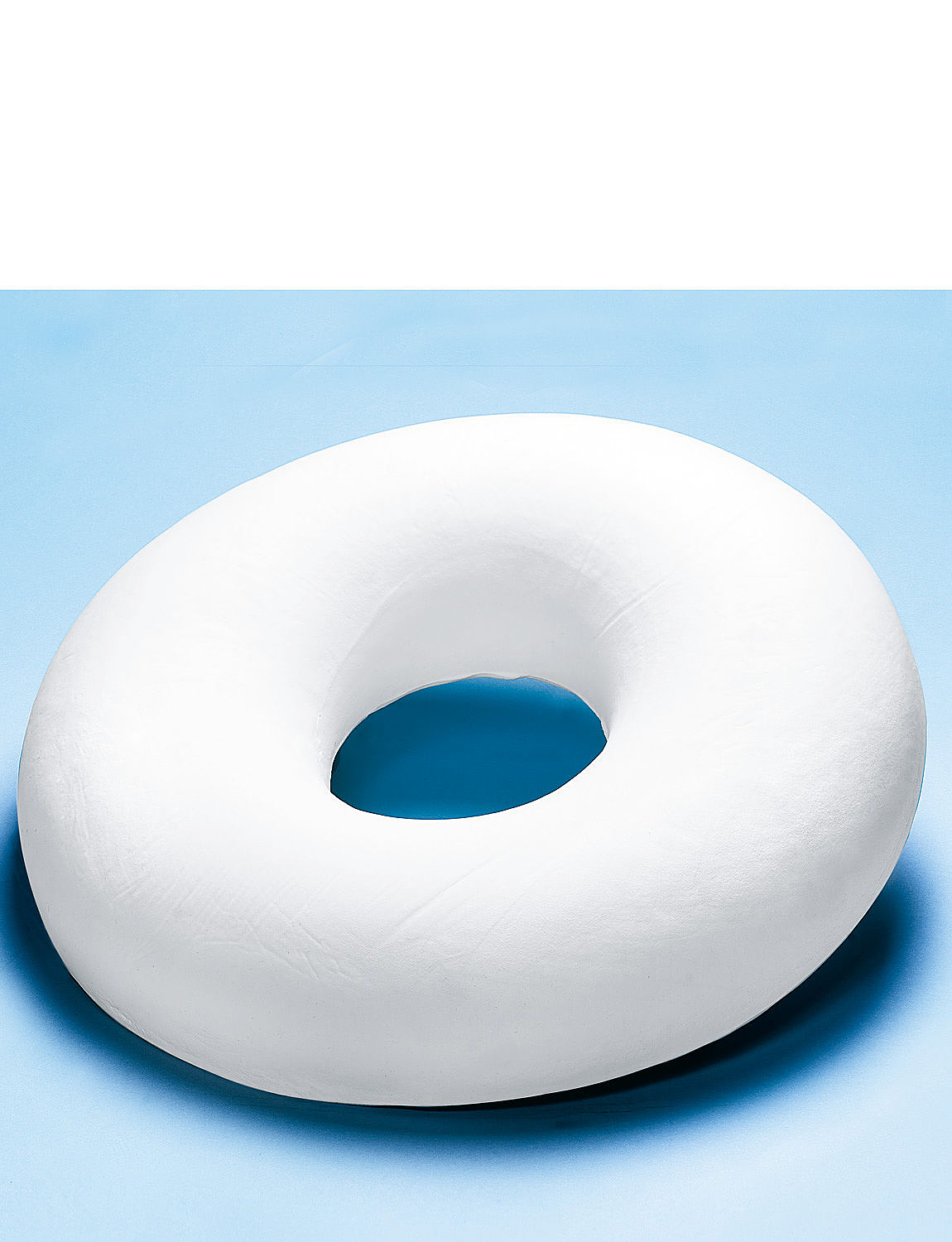




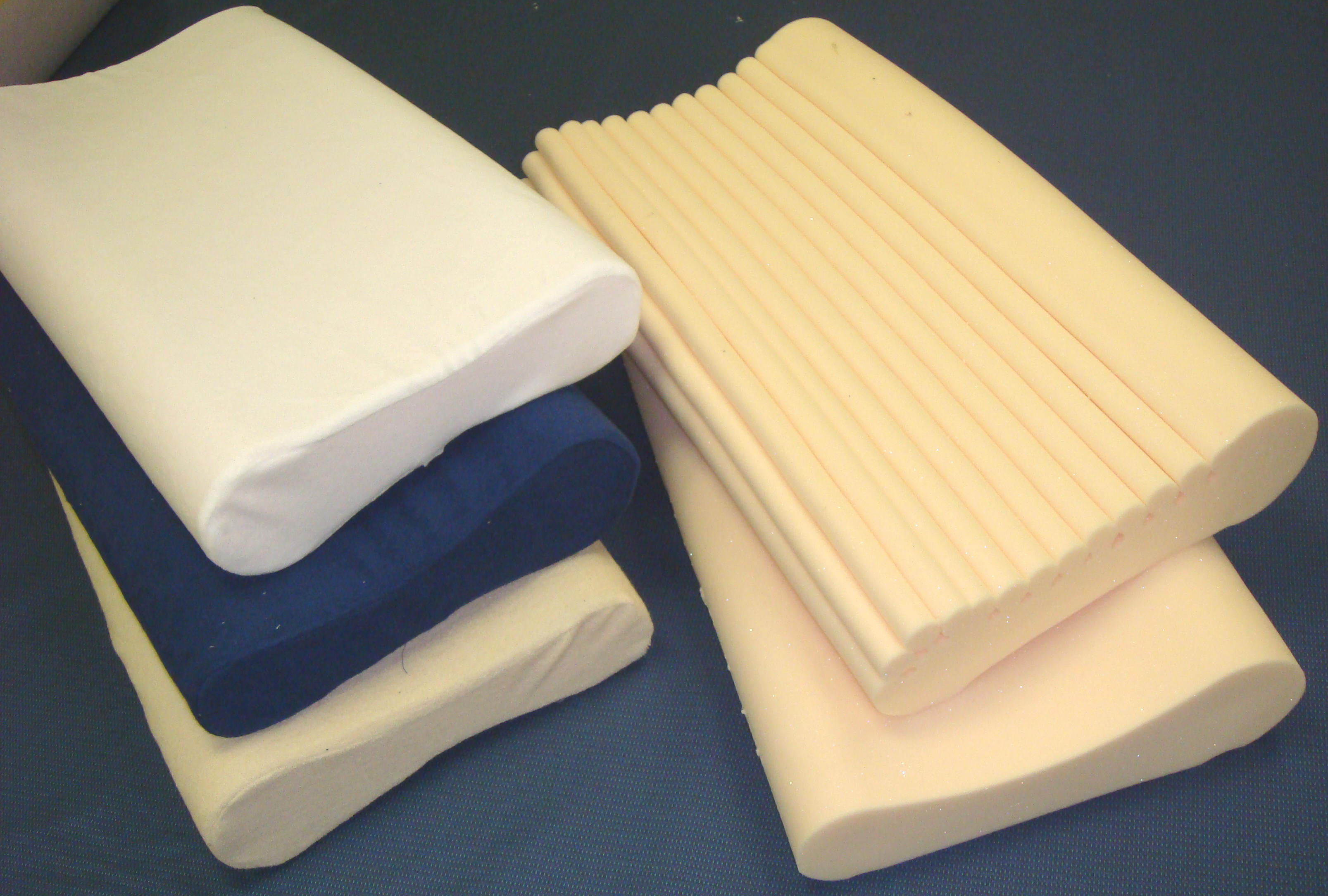
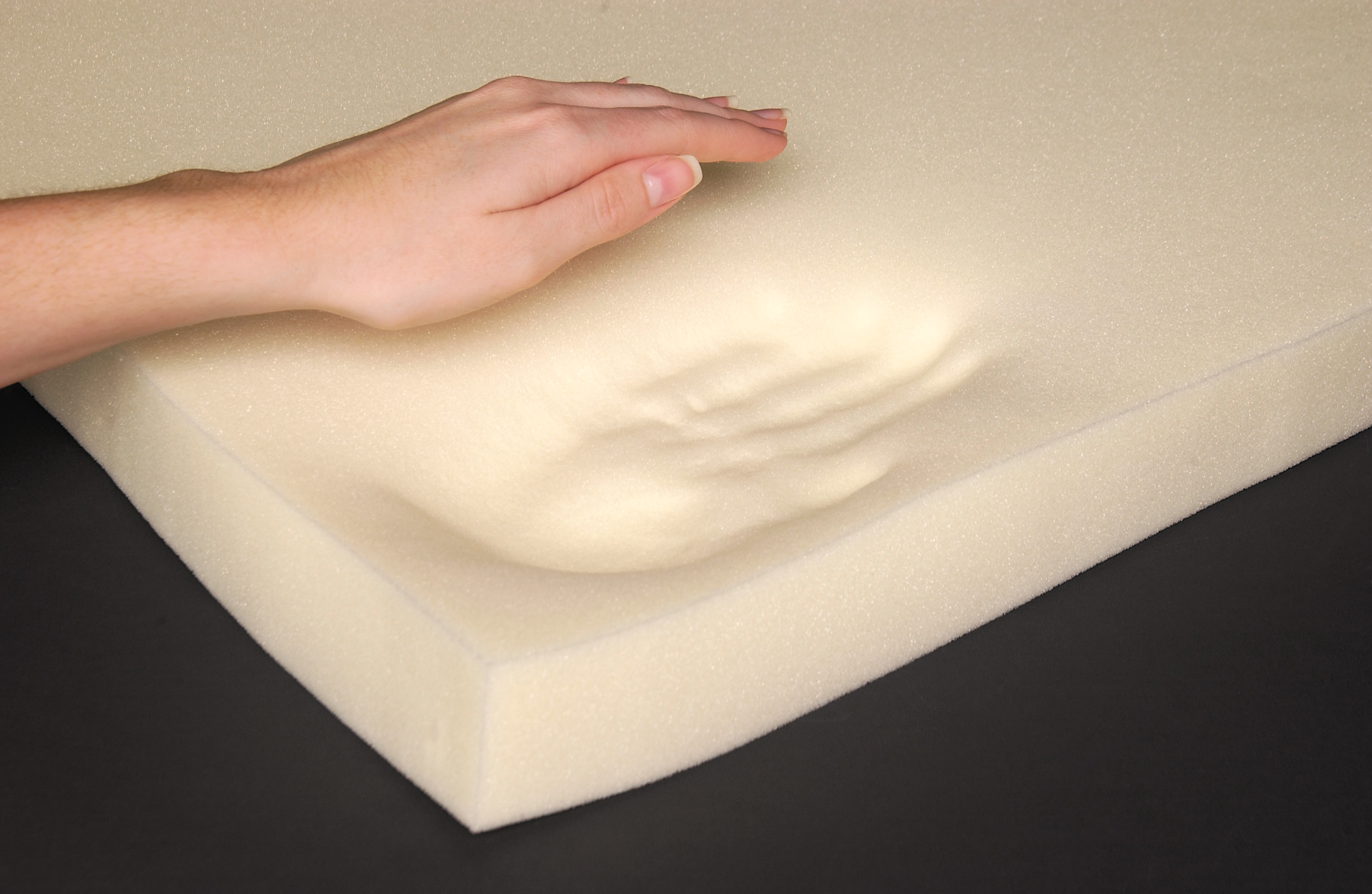


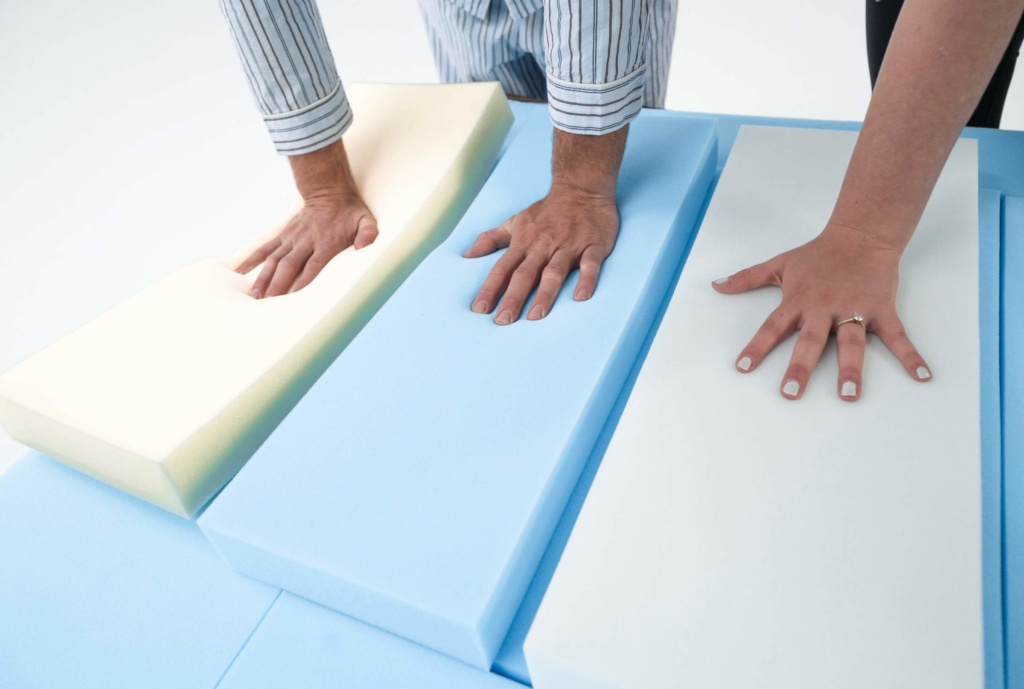








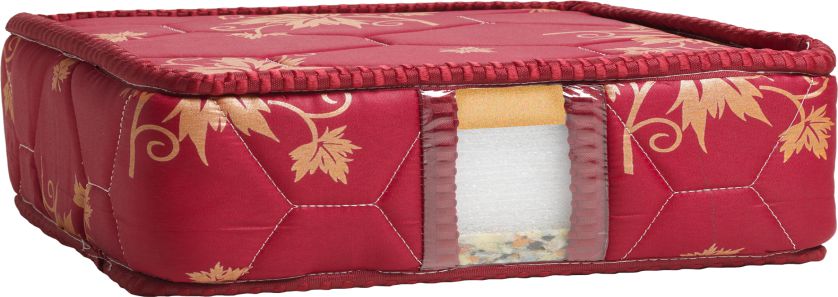



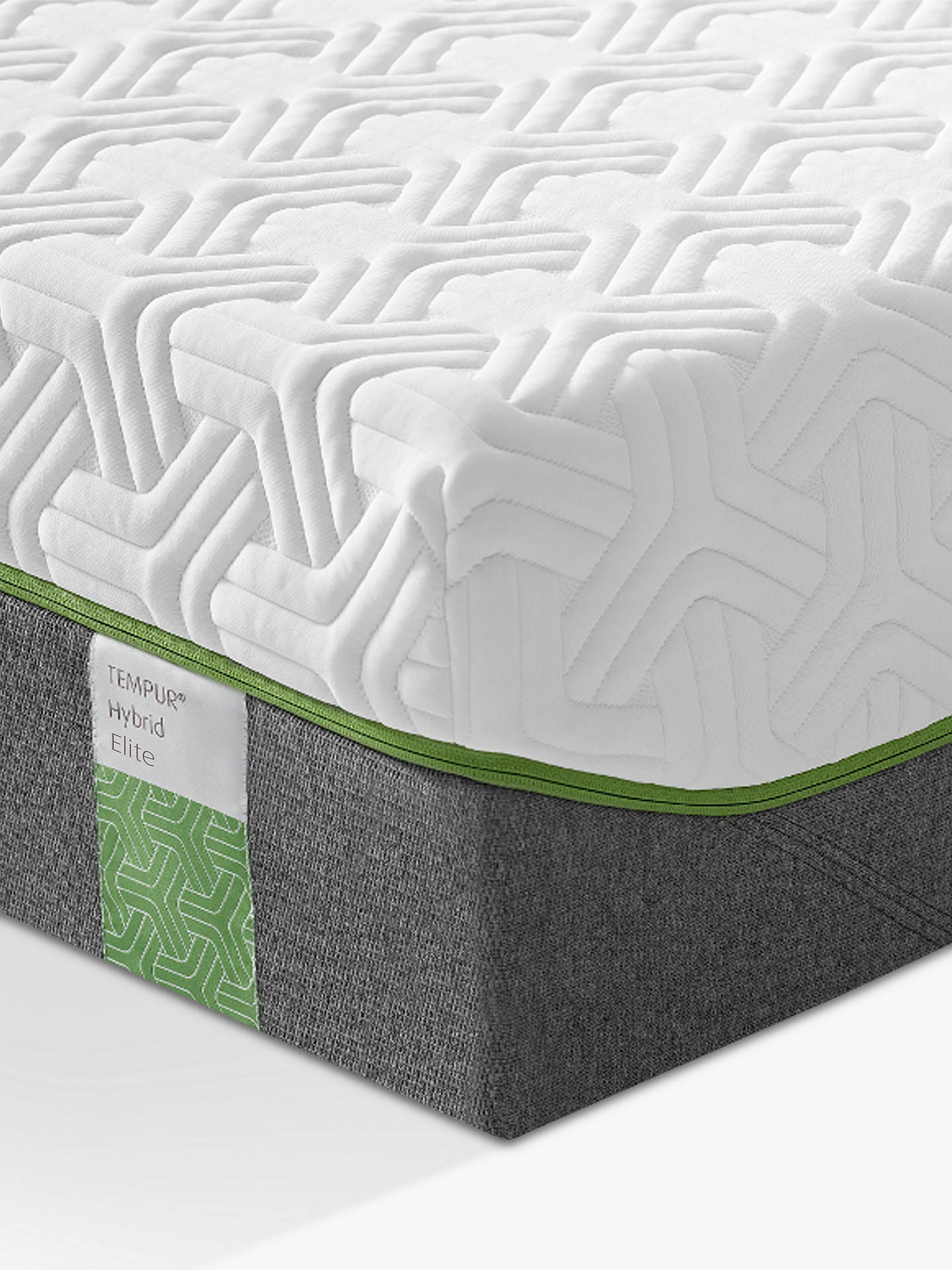
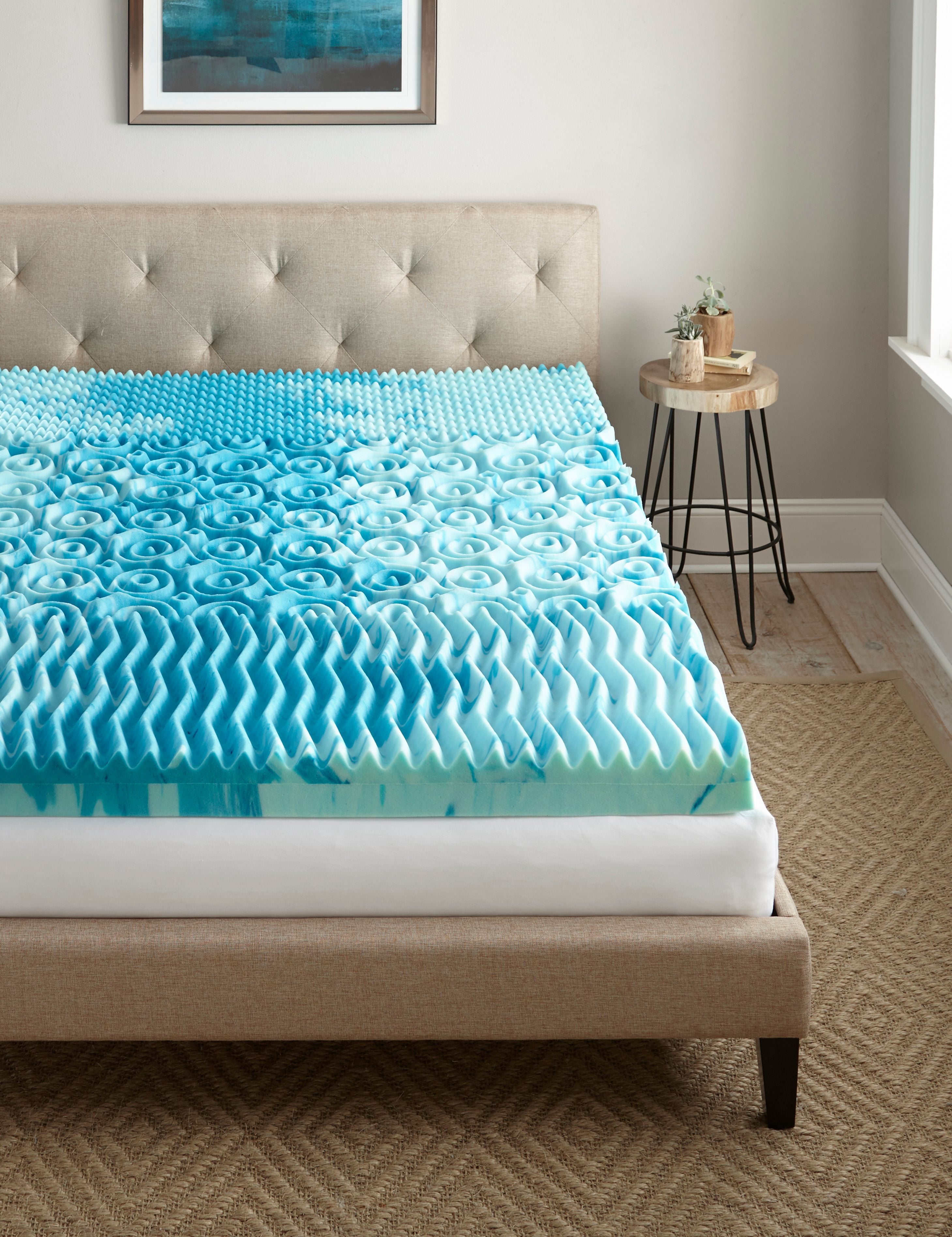




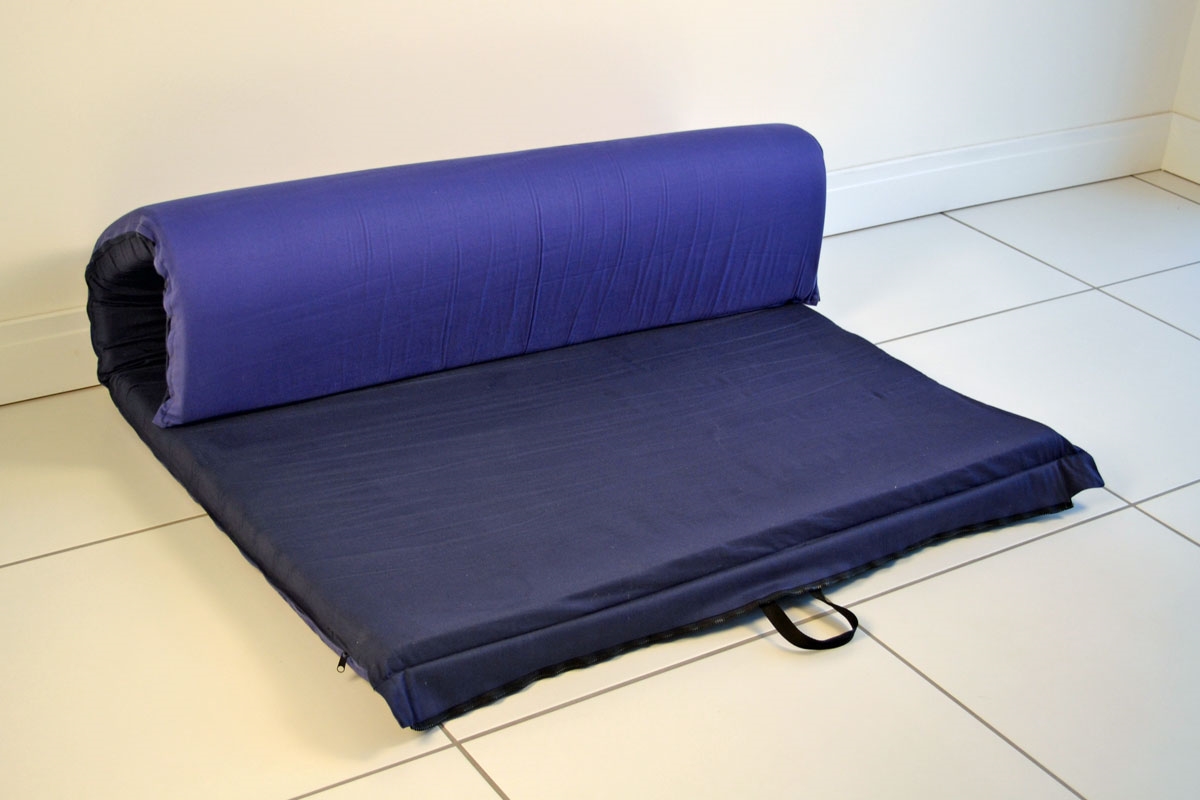
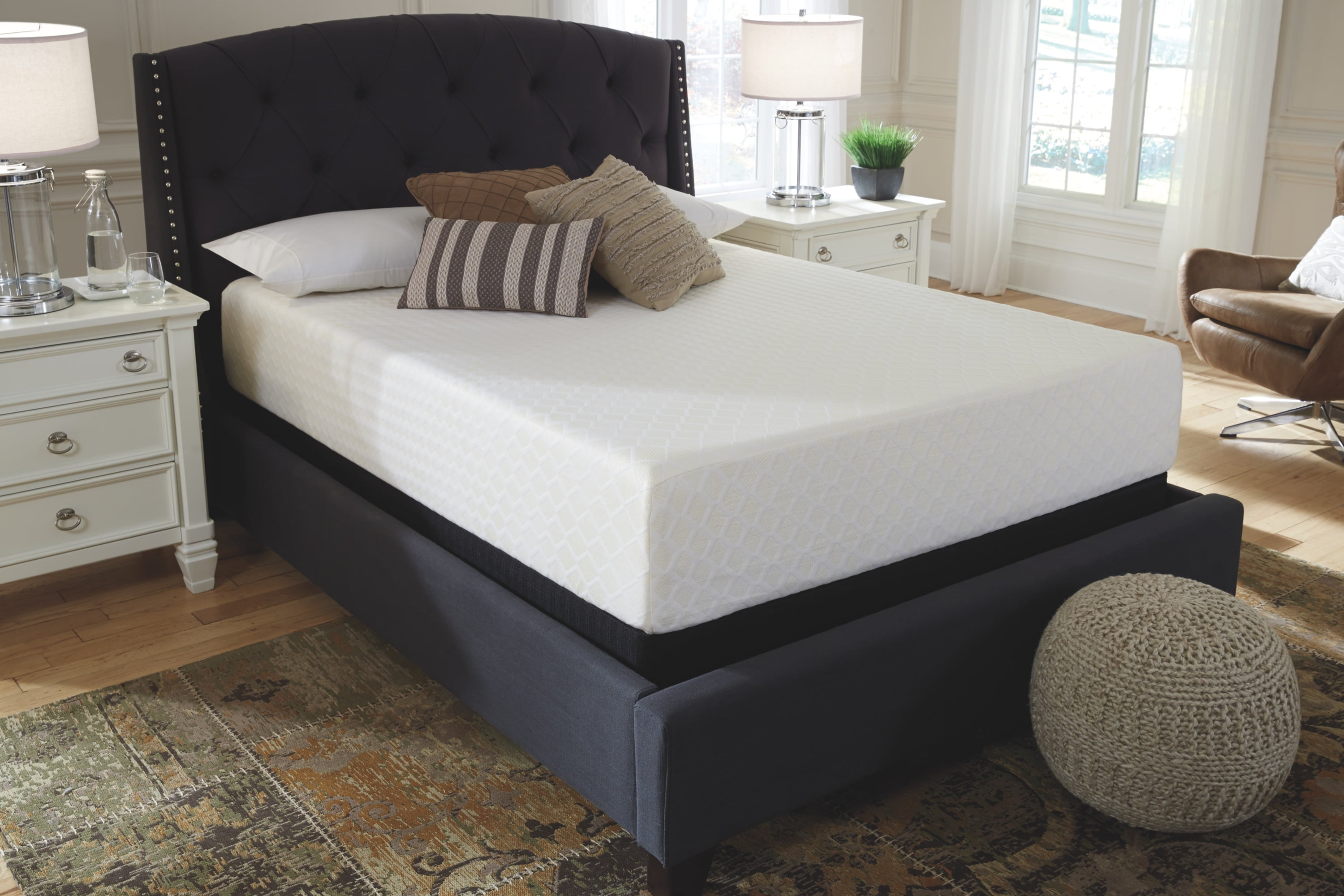
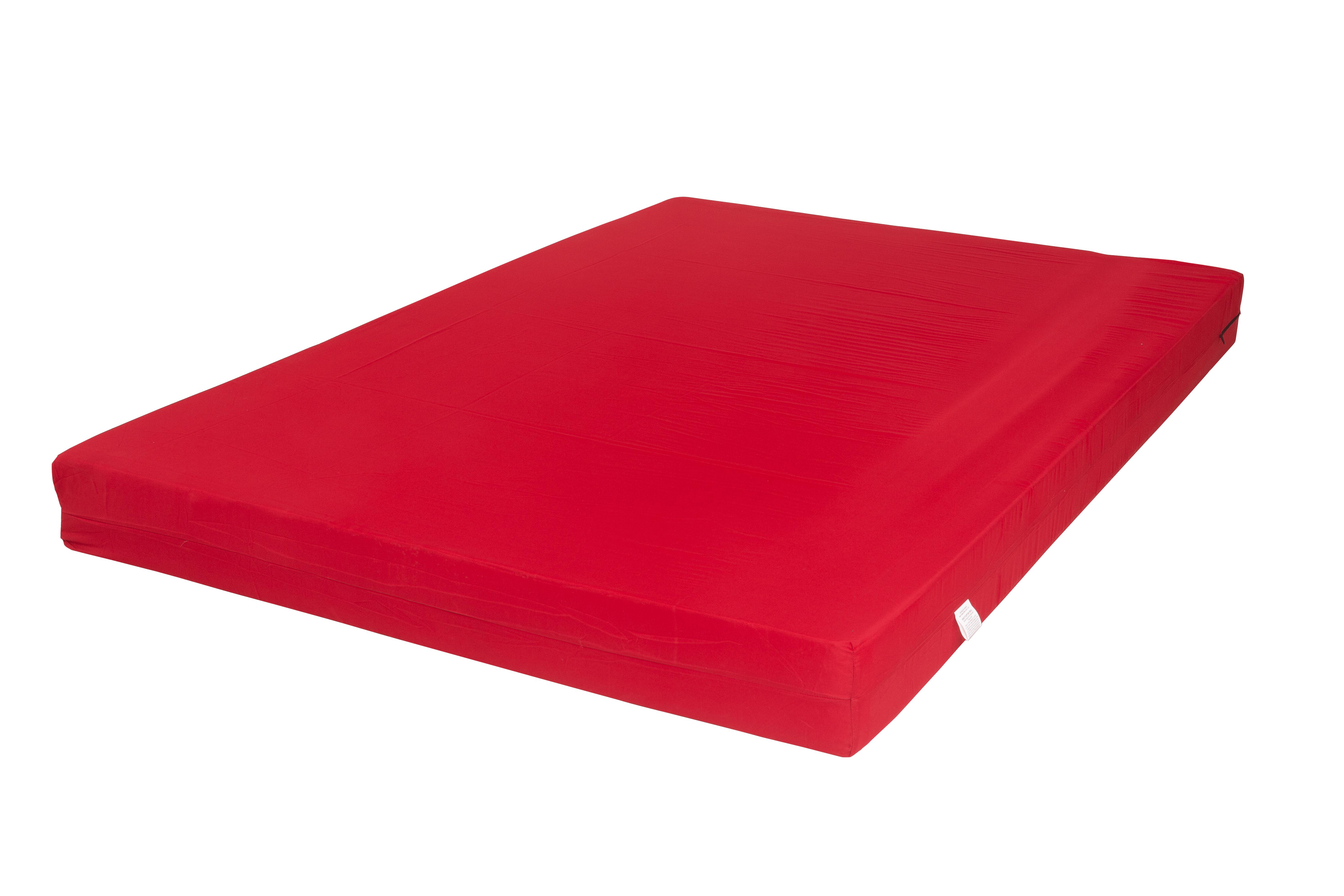




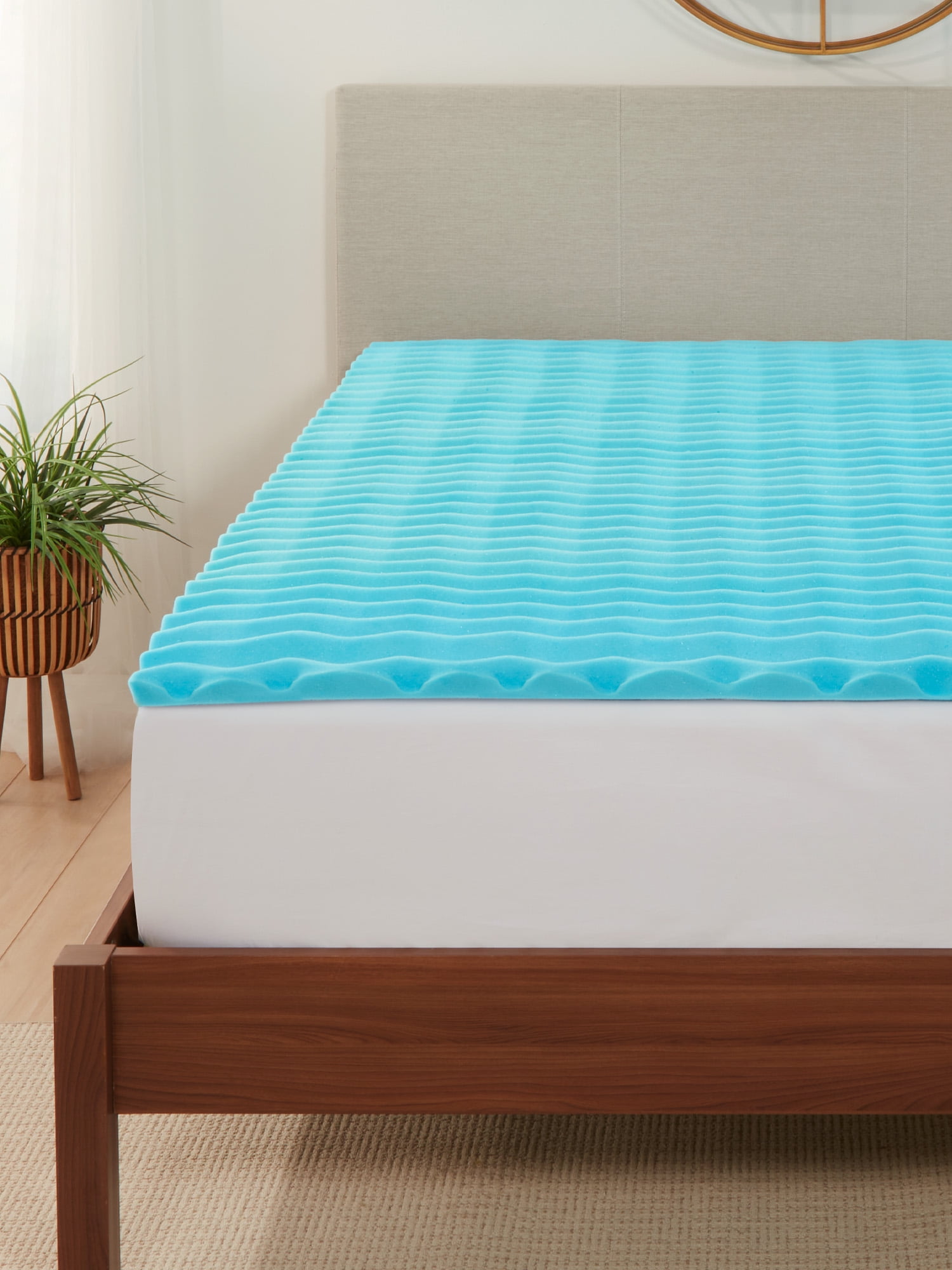
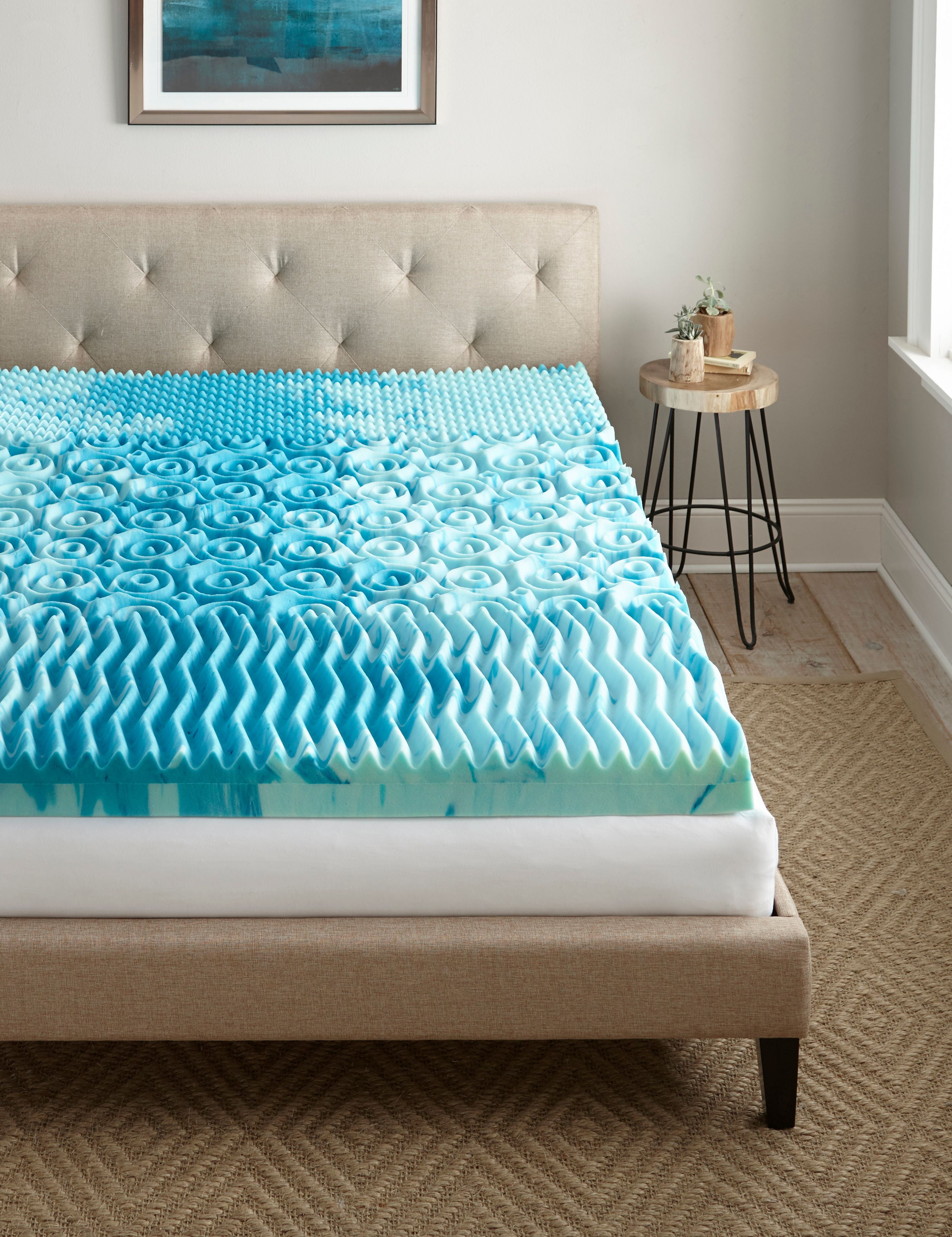


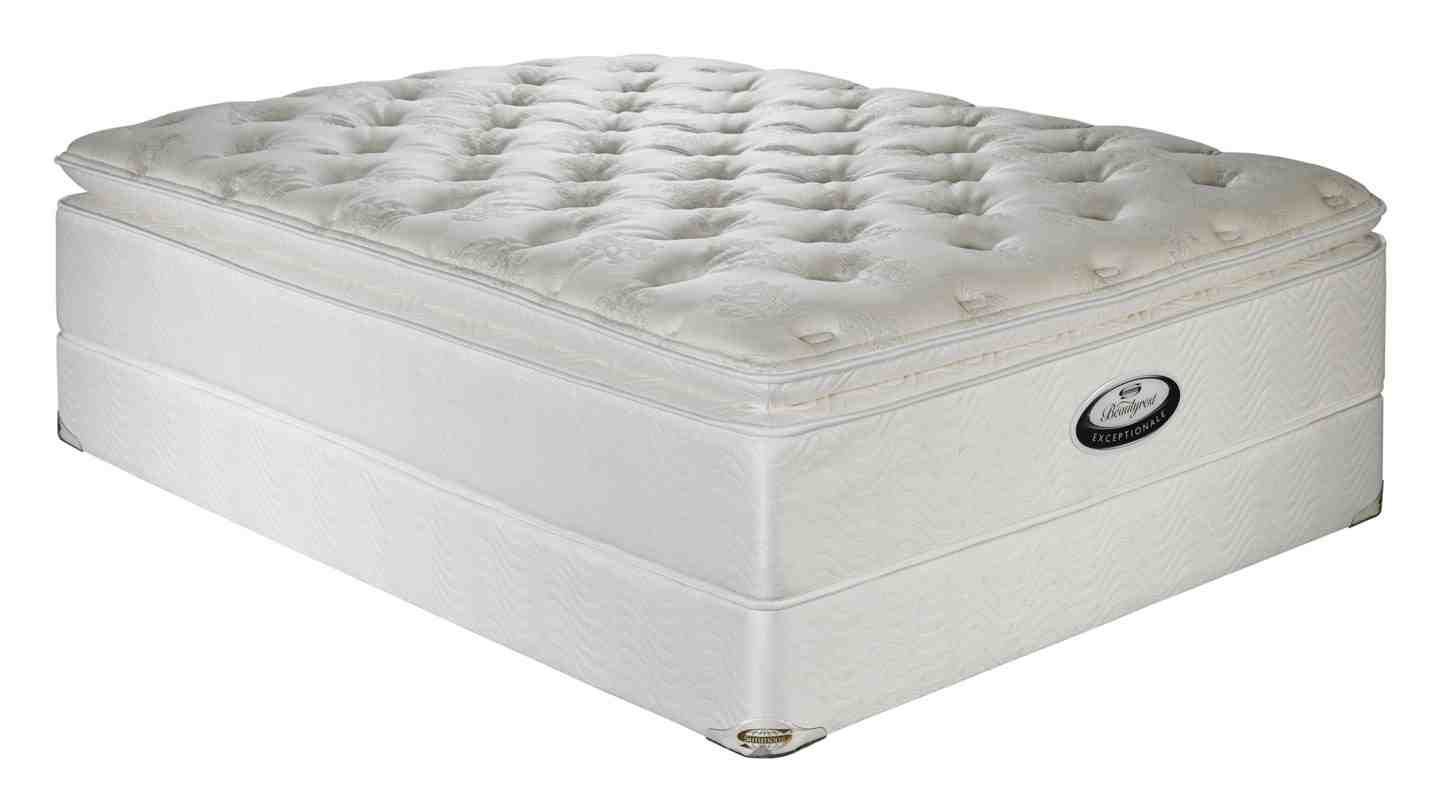

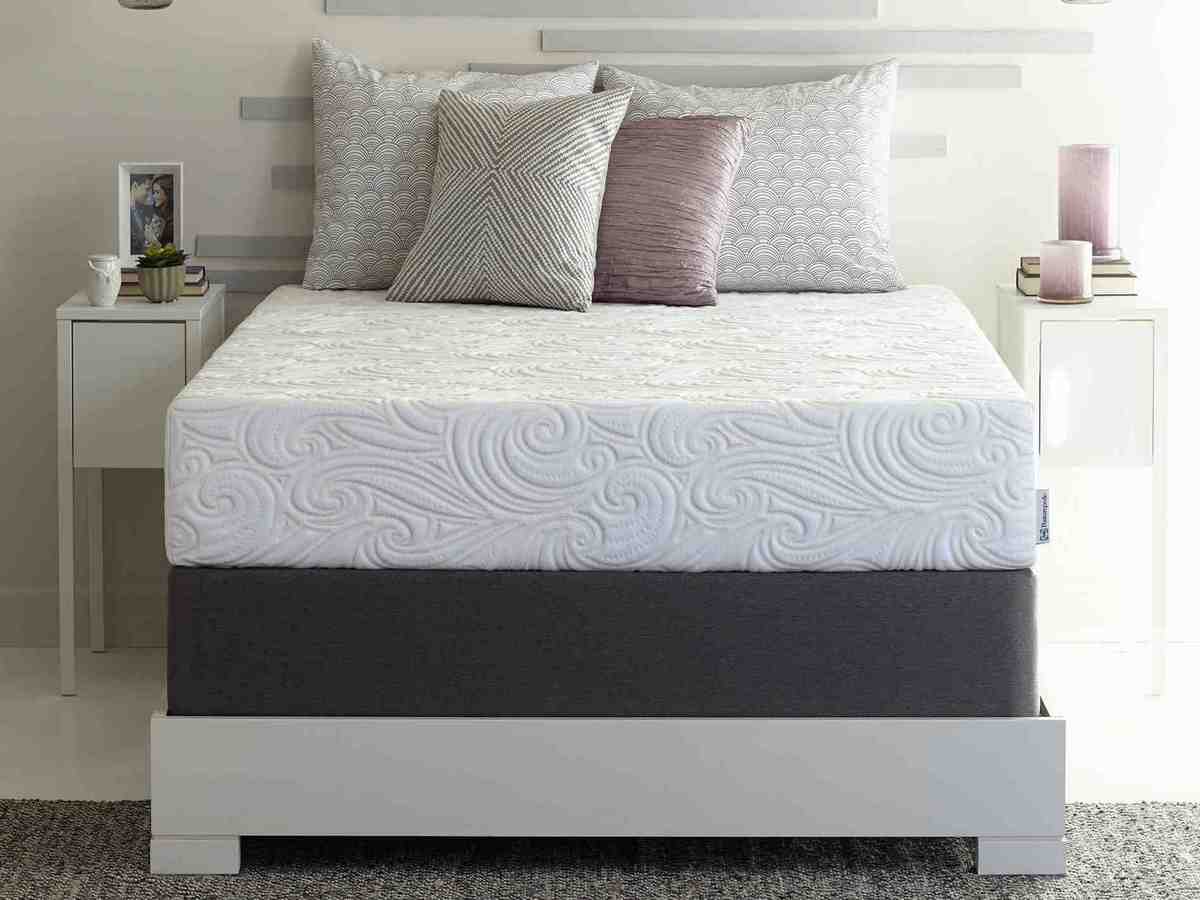



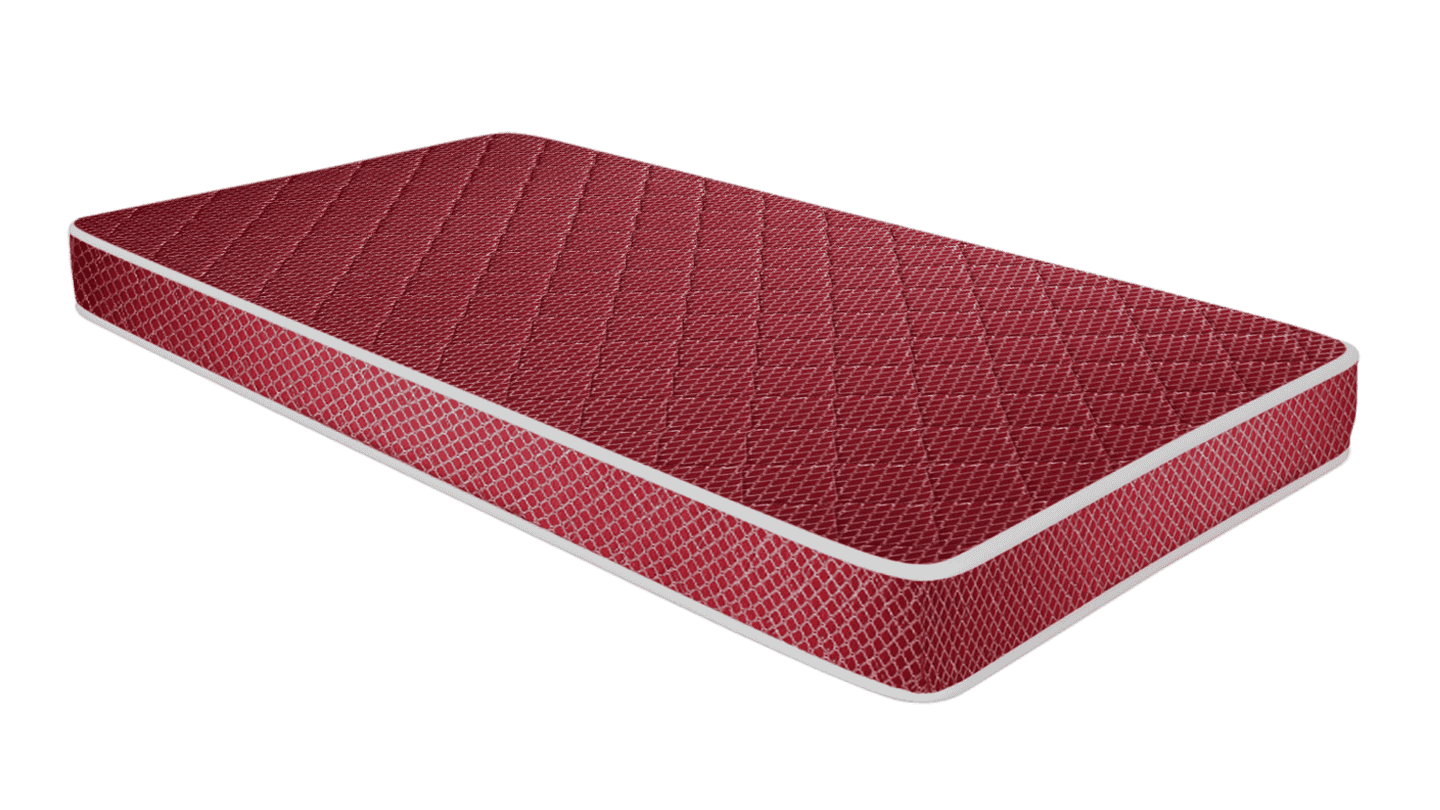
.jpg?fit=fill&bg=0FFF&w=1500&h=1000&auto=format,compress)
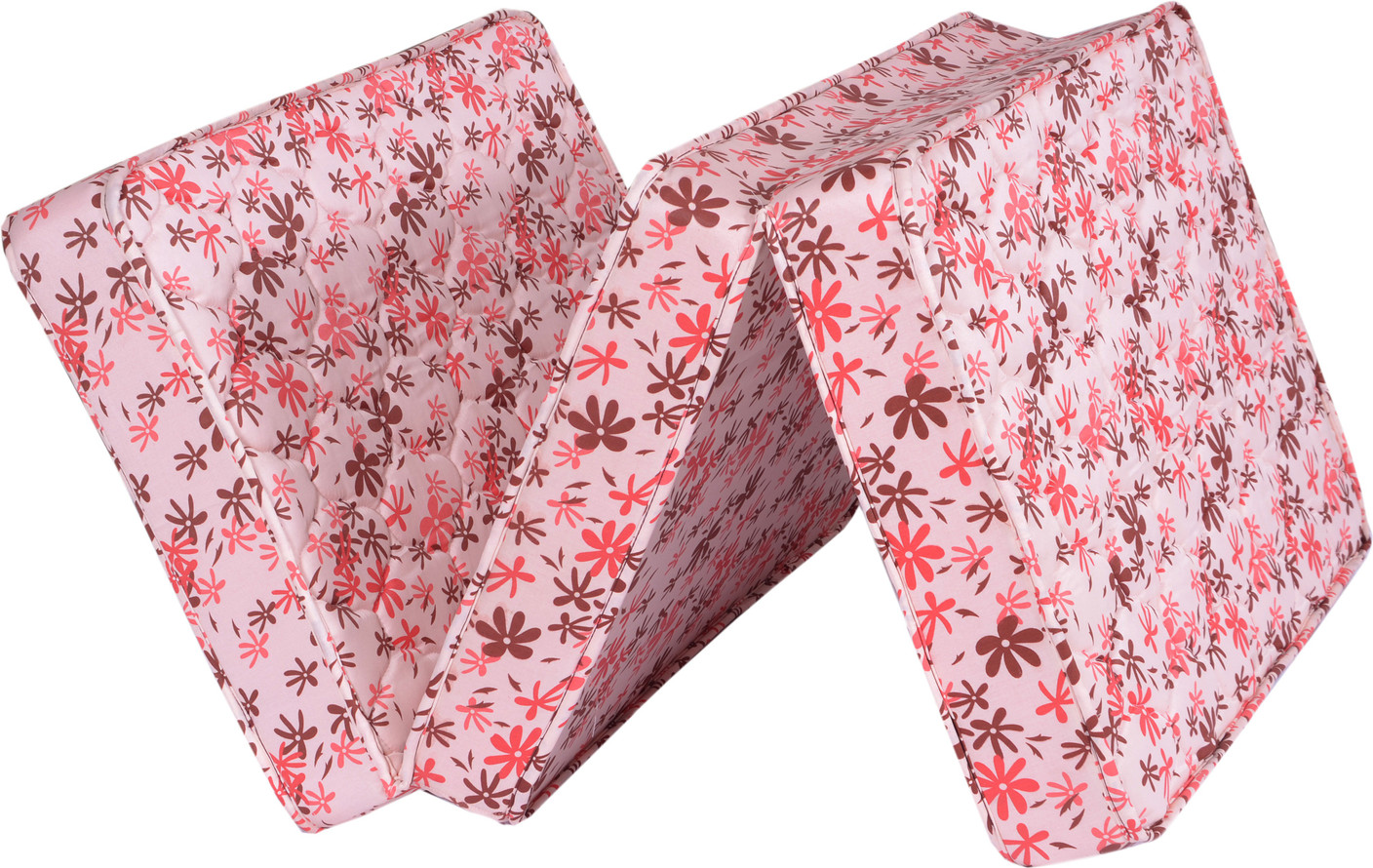

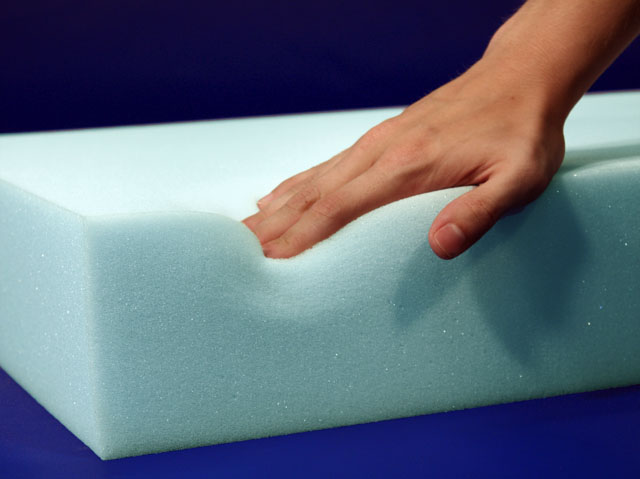
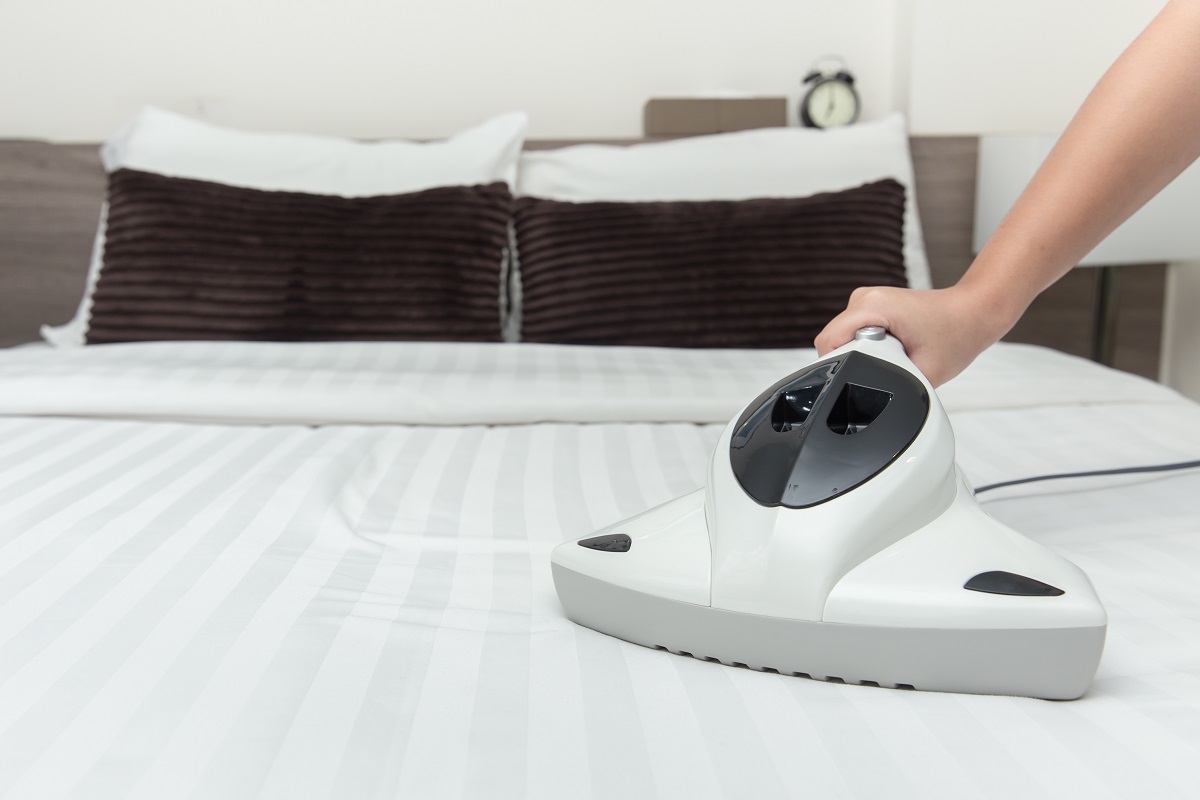




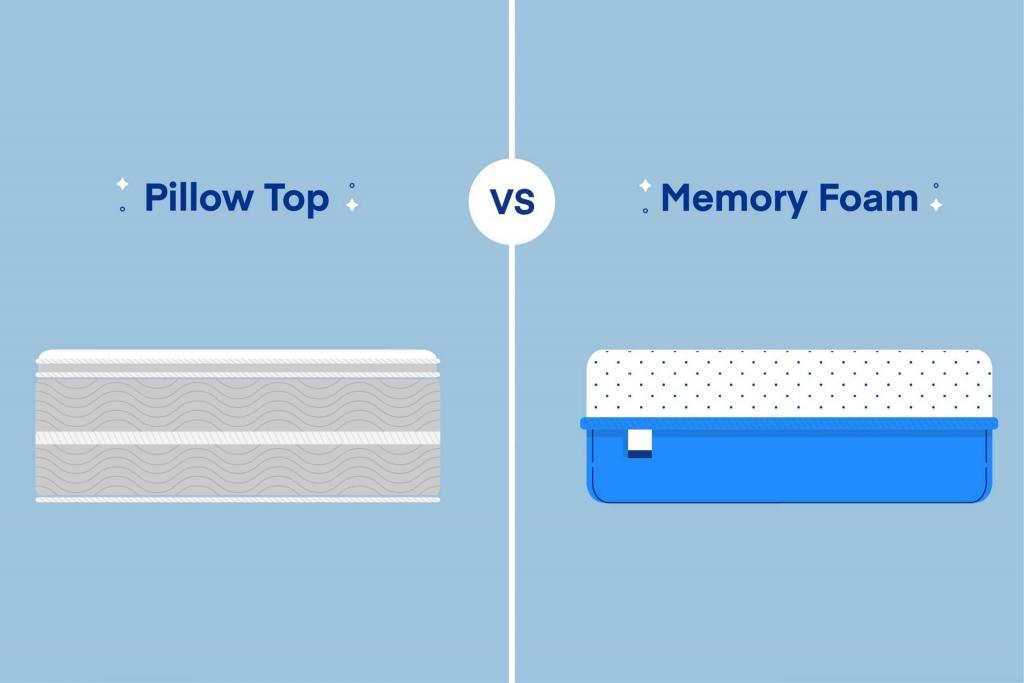
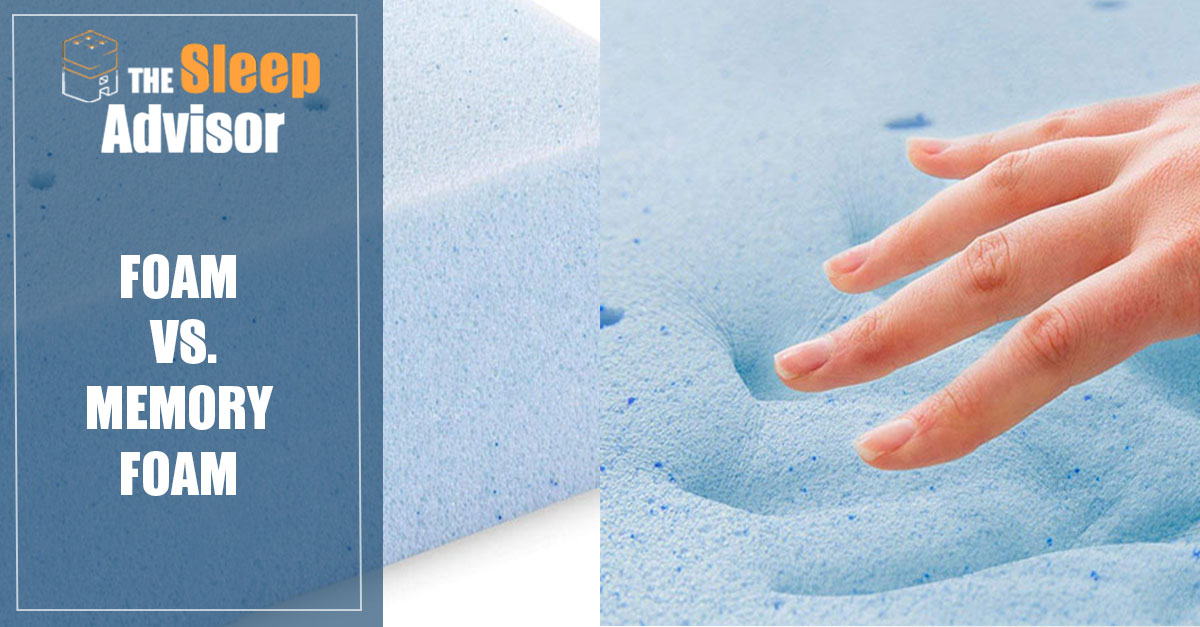
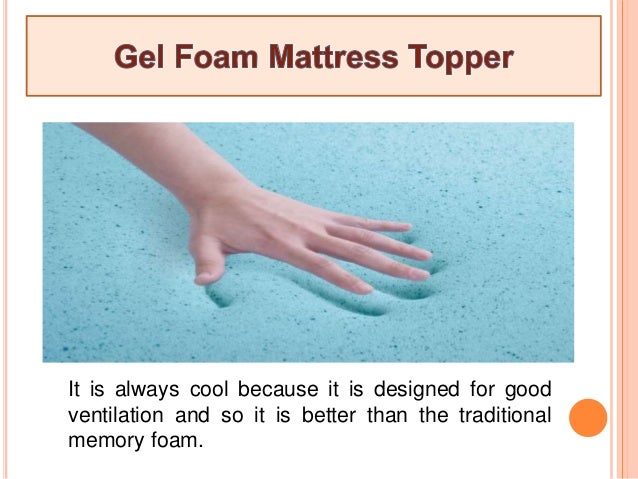
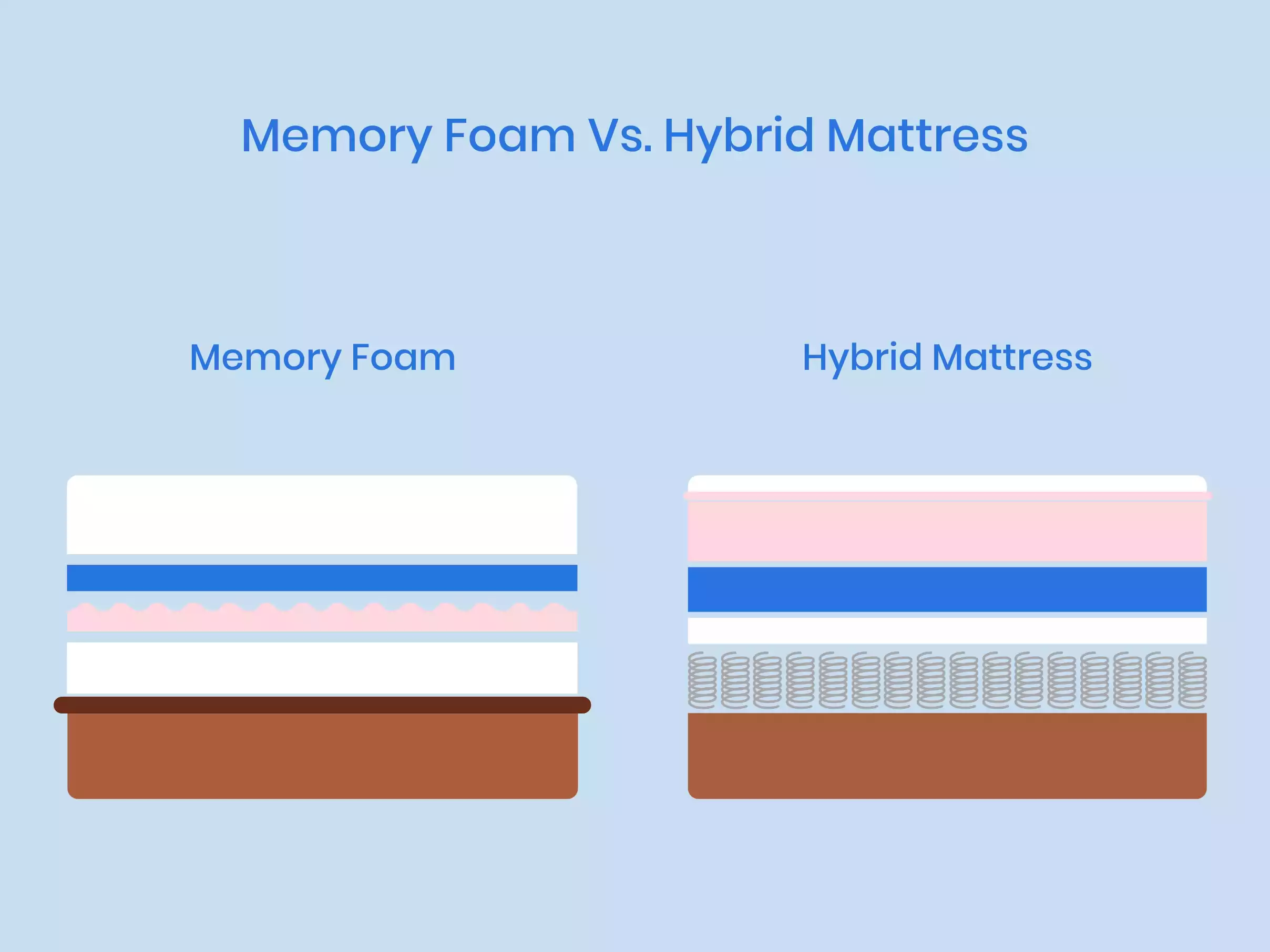





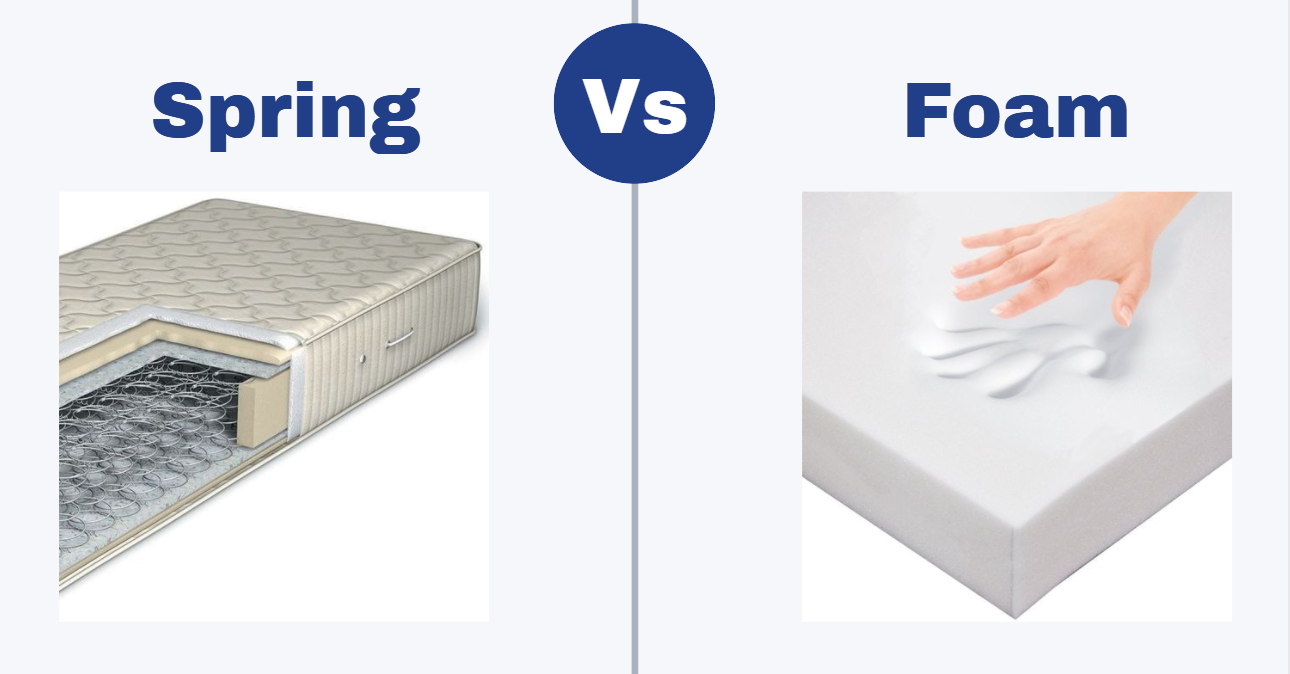
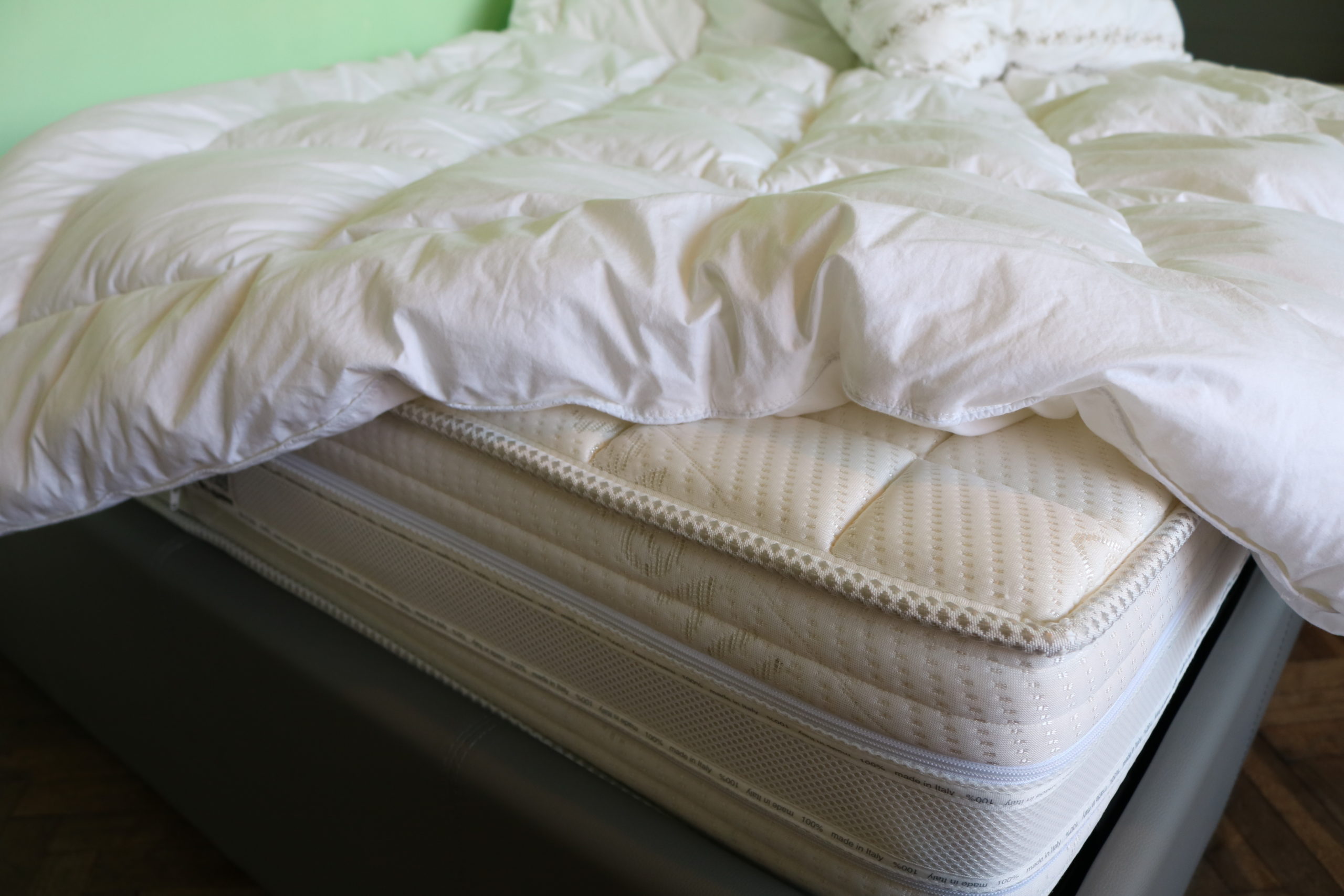
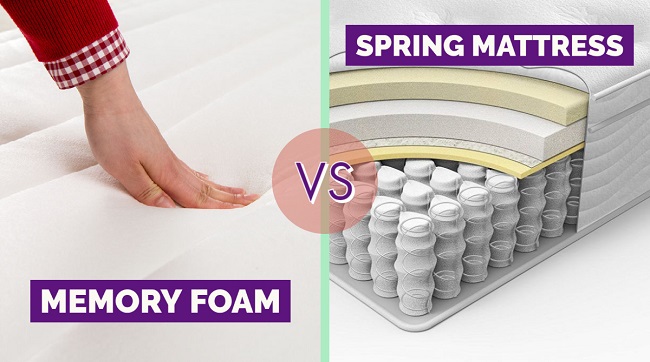
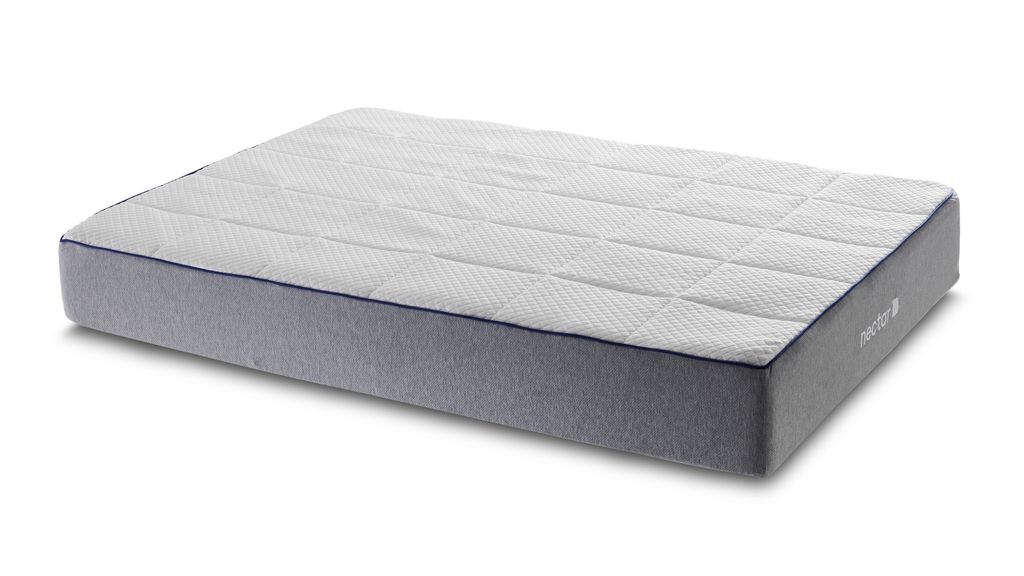



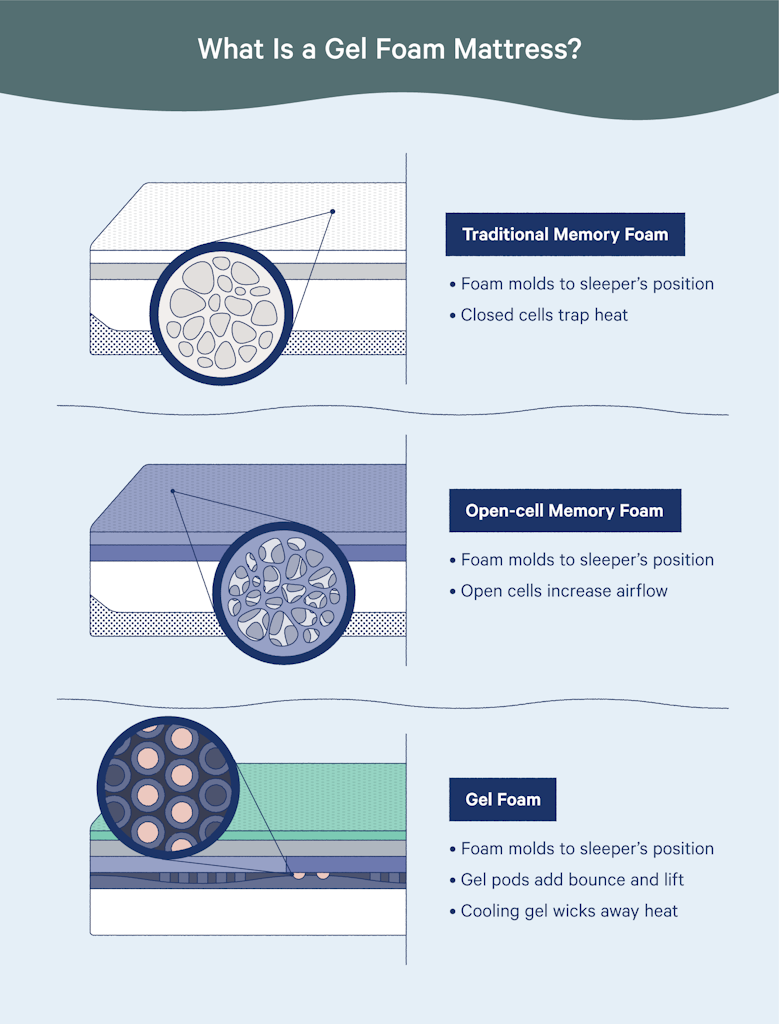


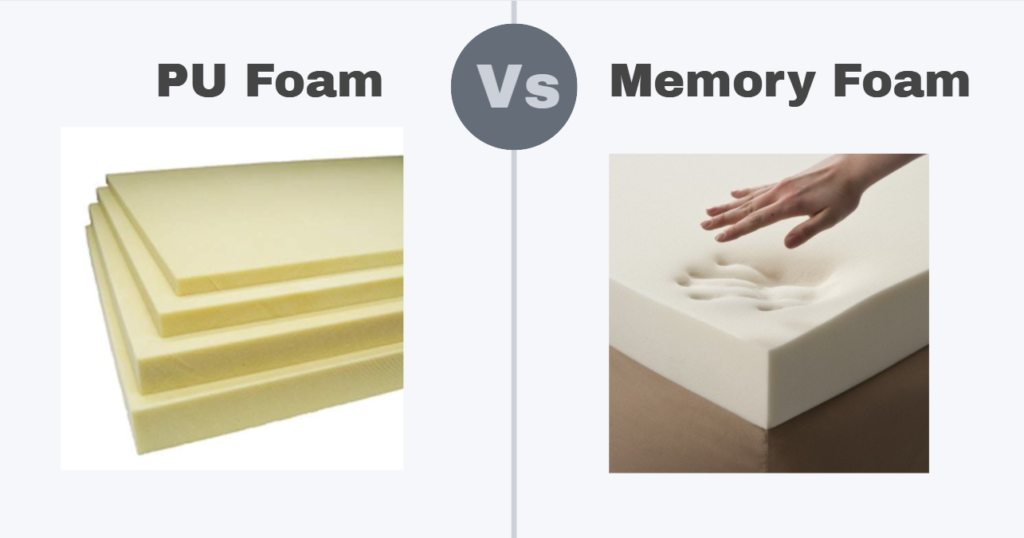

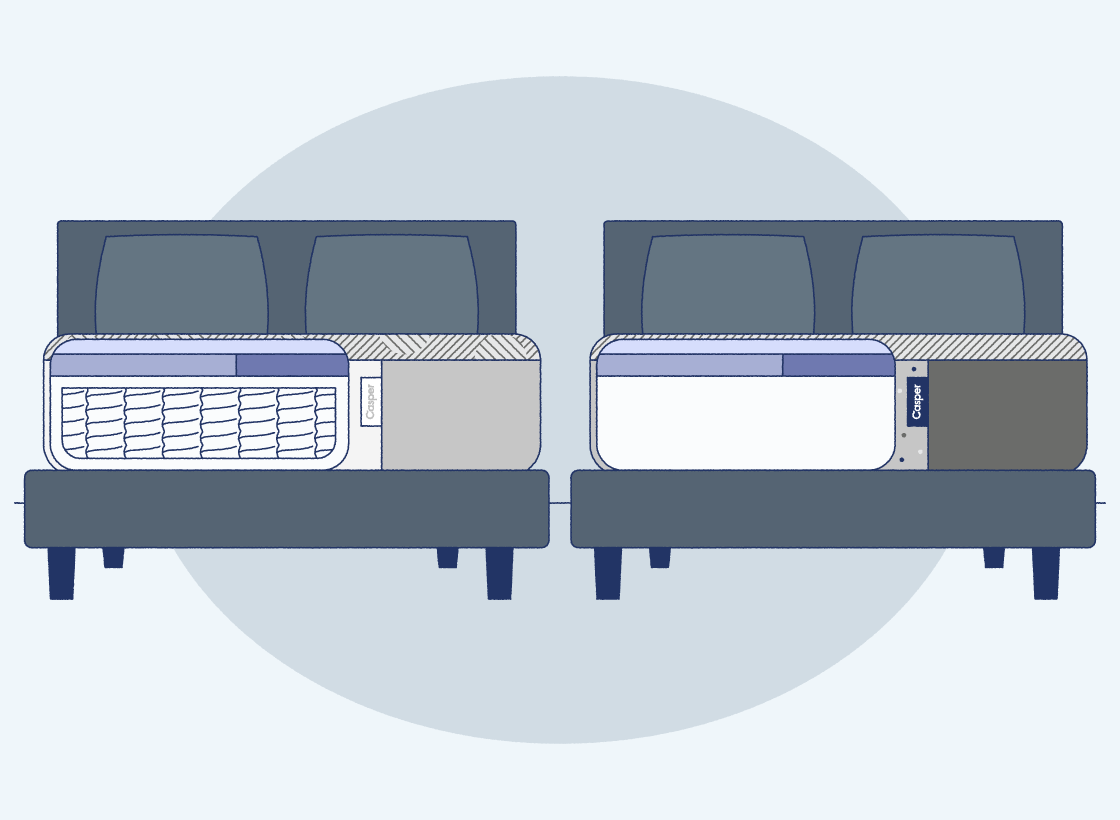
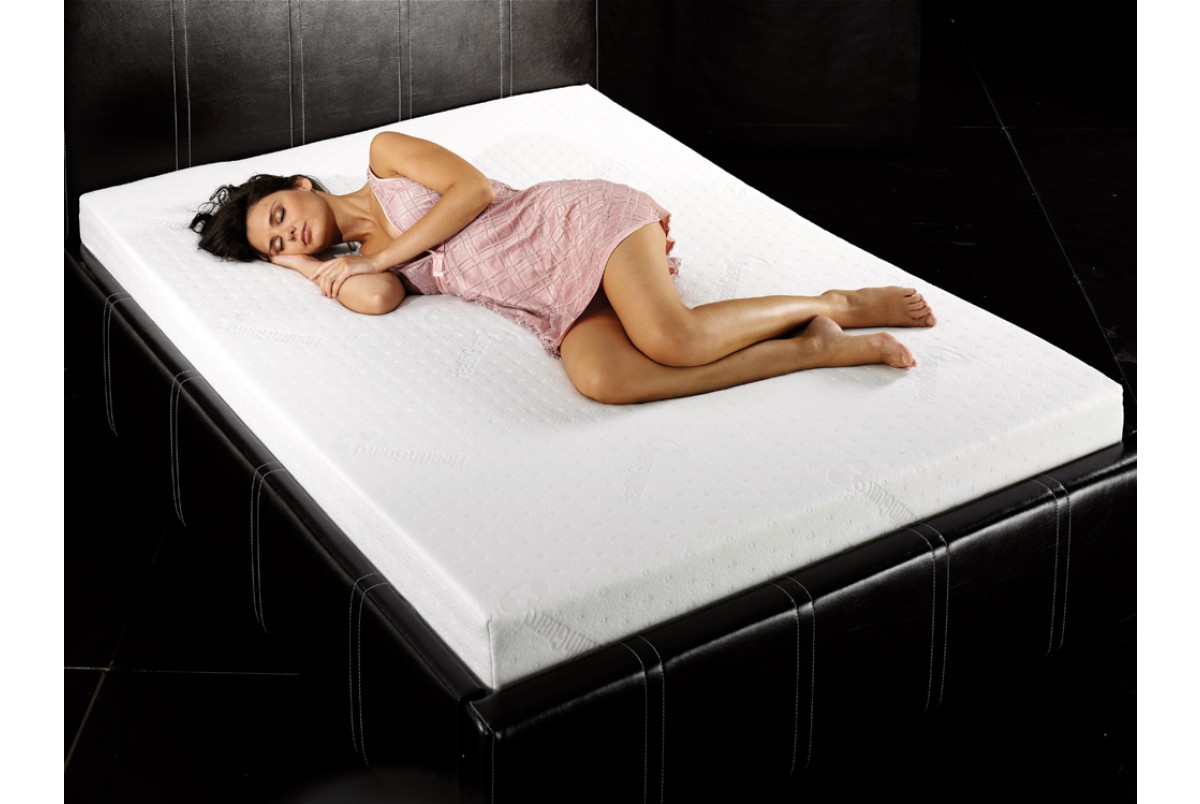
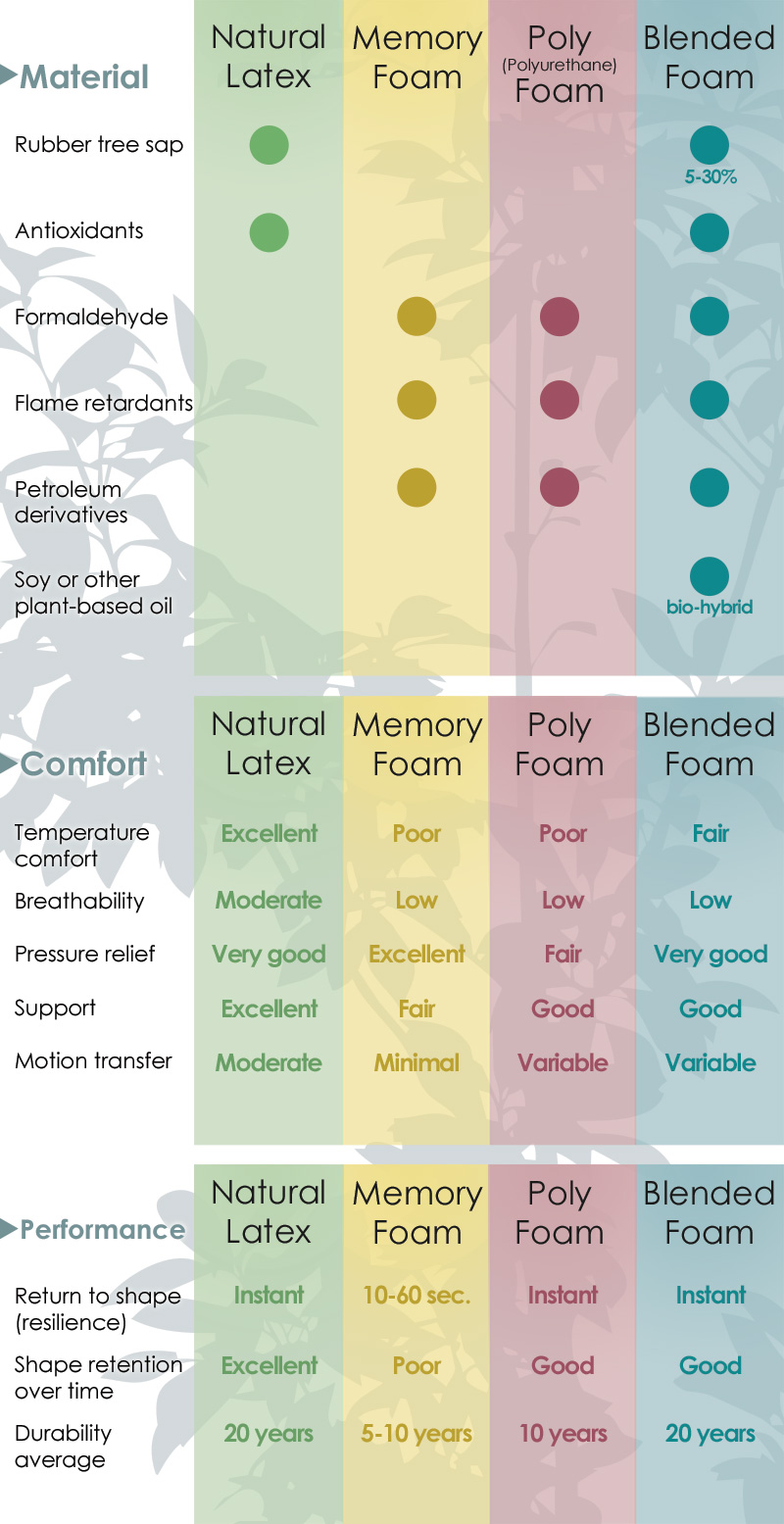



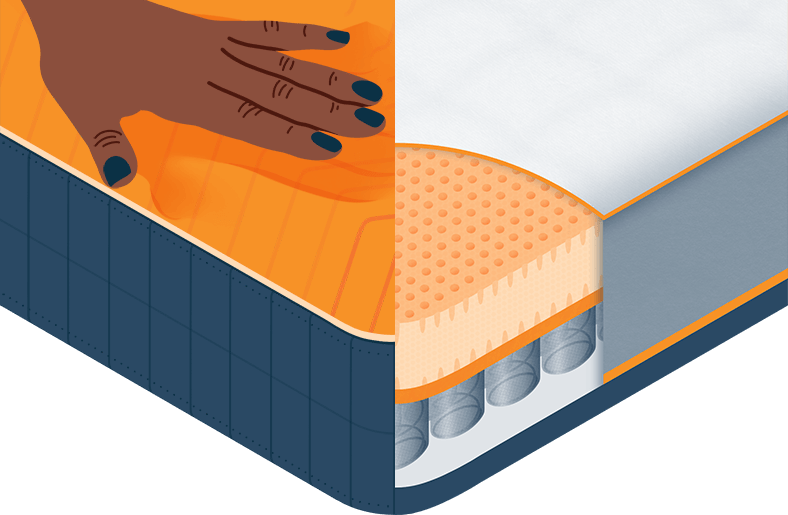








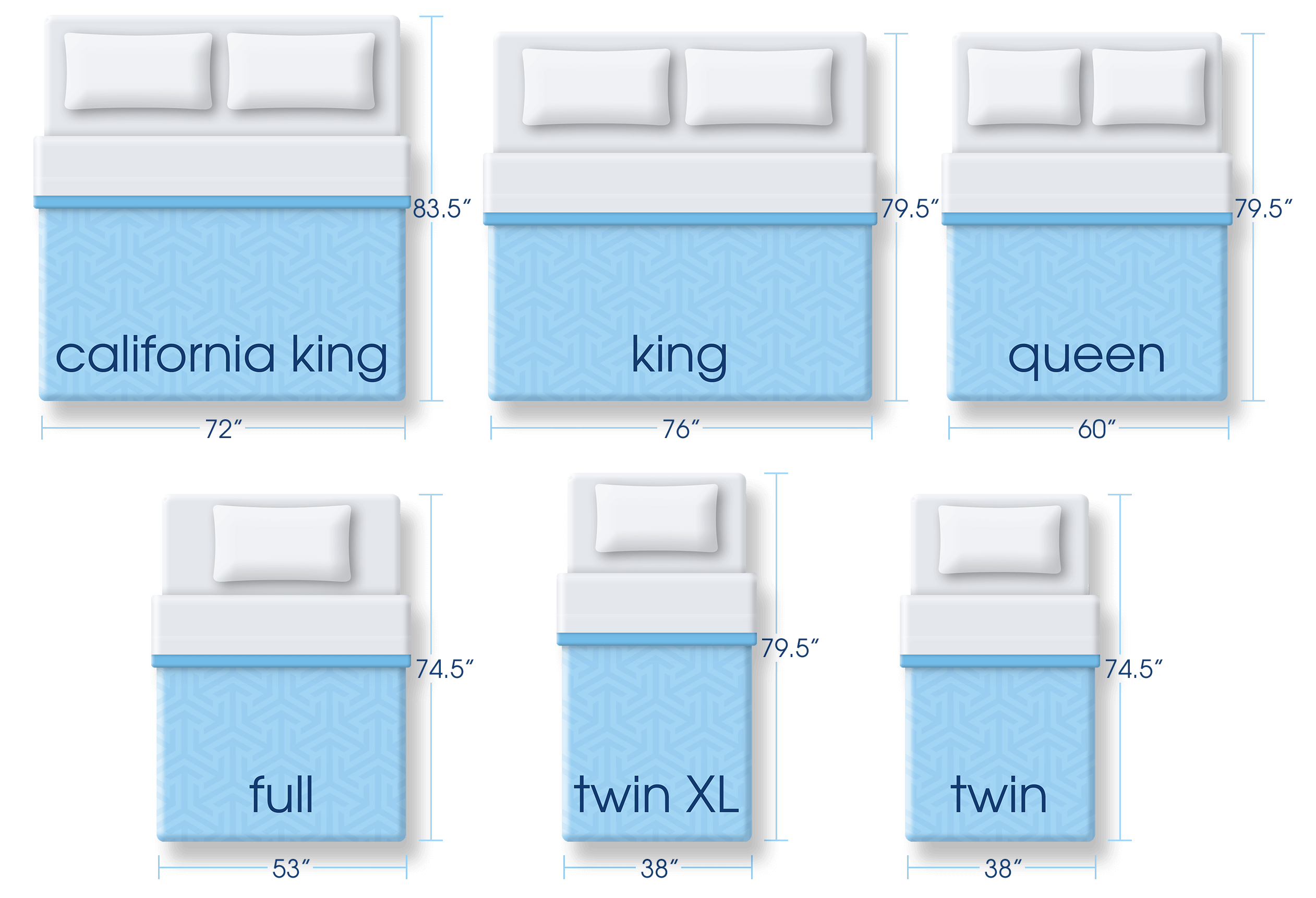
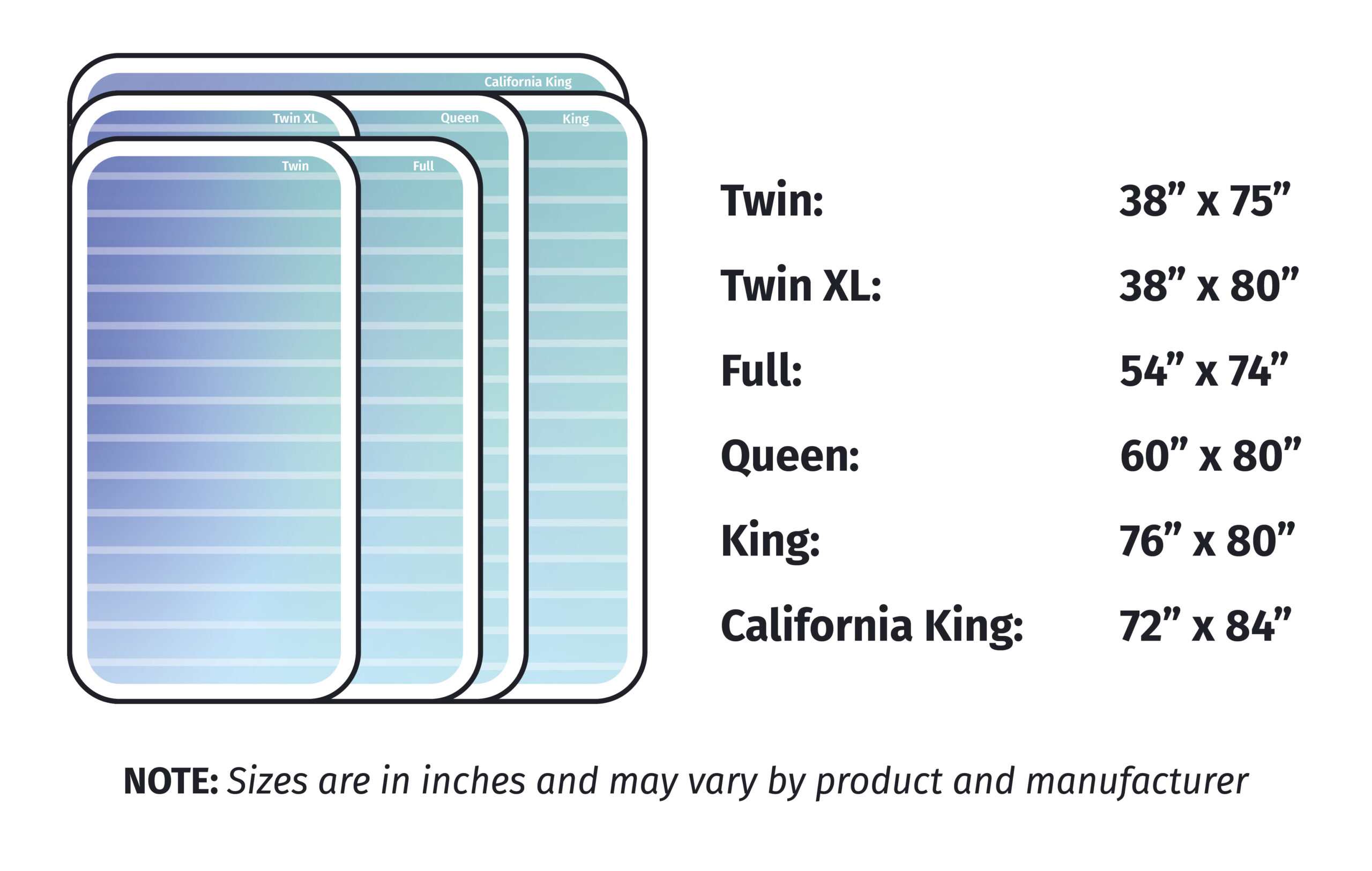


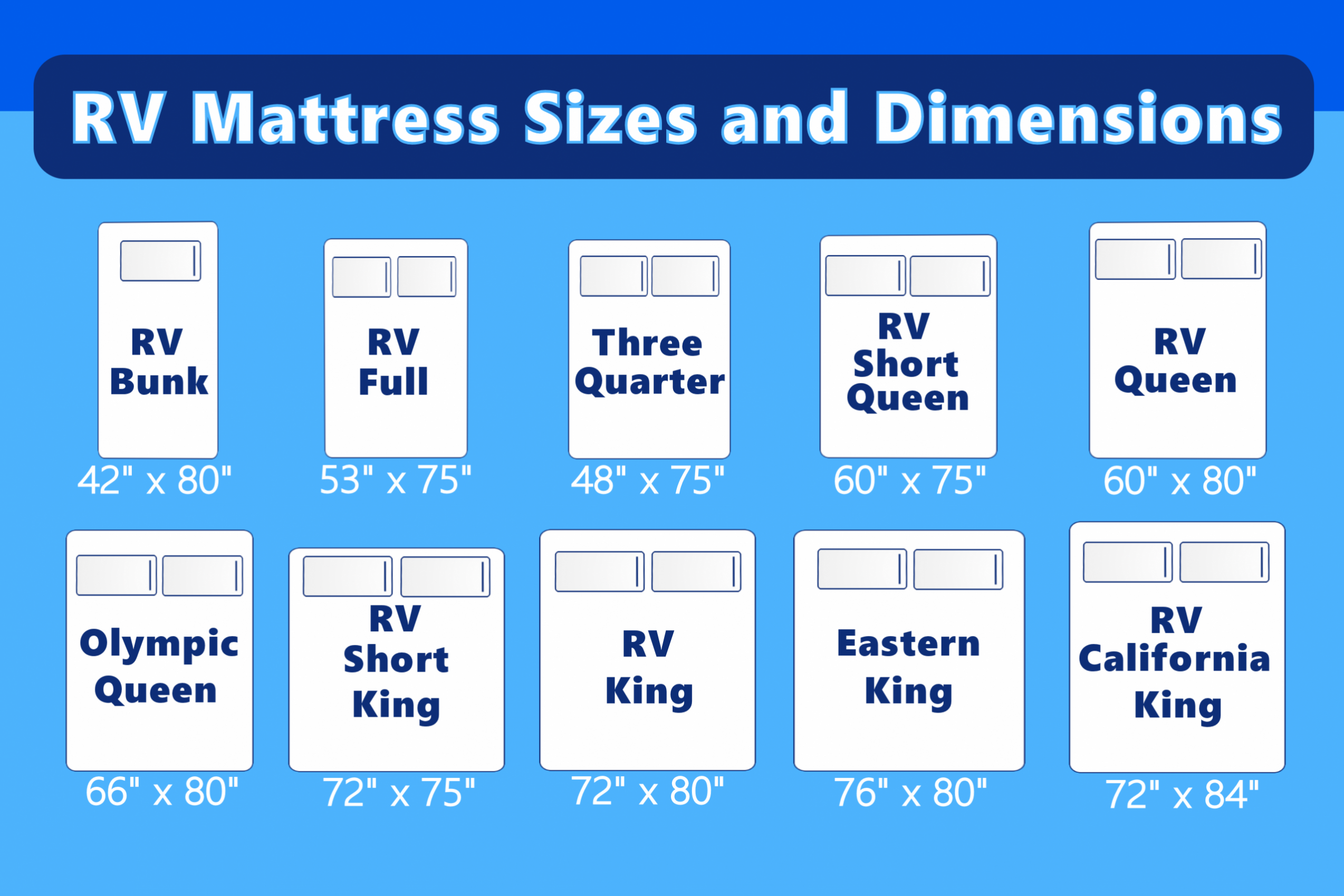




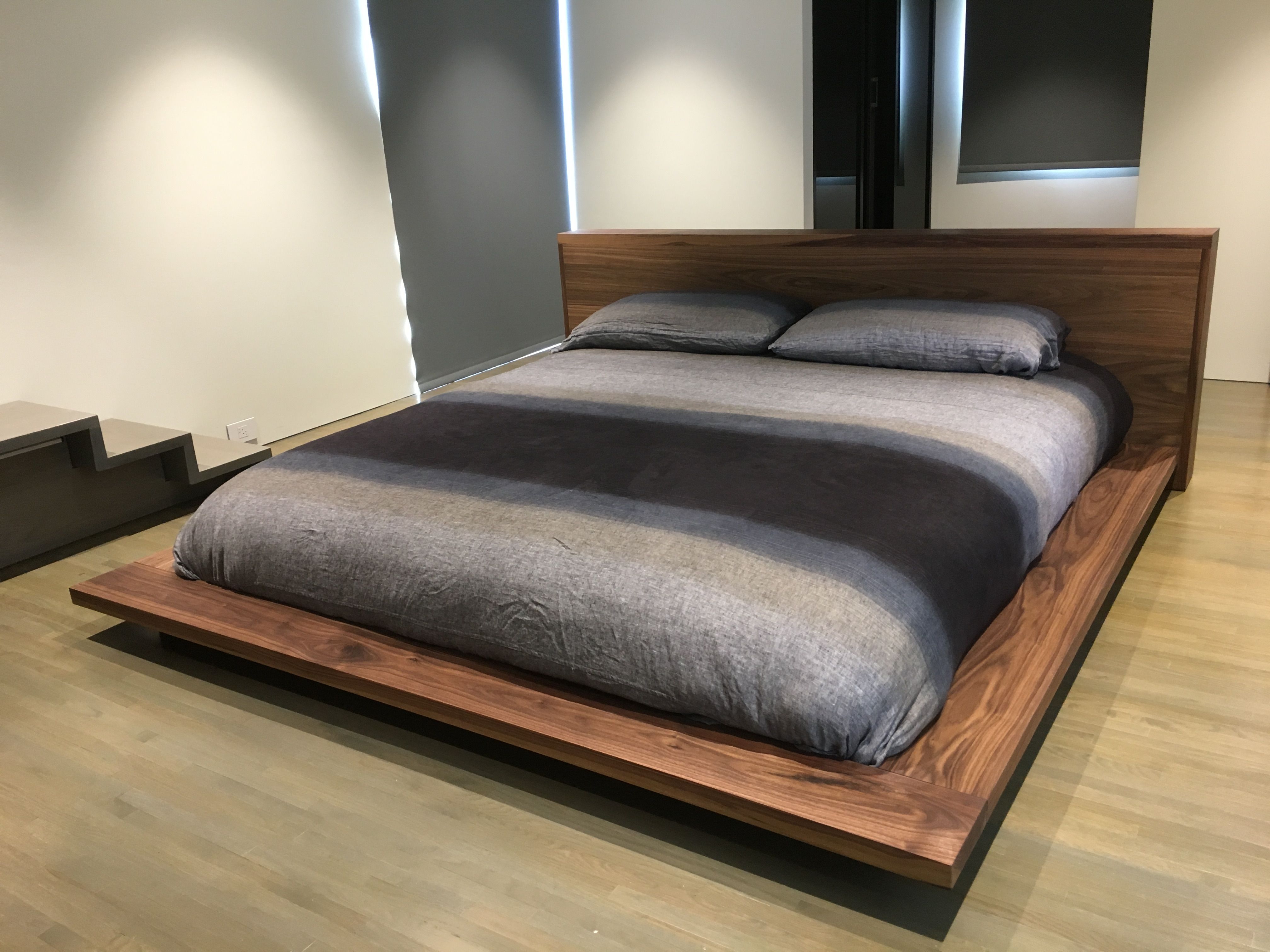
:max_bytes(150000):strip_icc()/how-to-install-a-sink-drain-2718789-hero-24e898006ed94c9593a2a268b57989a3.jpg)
